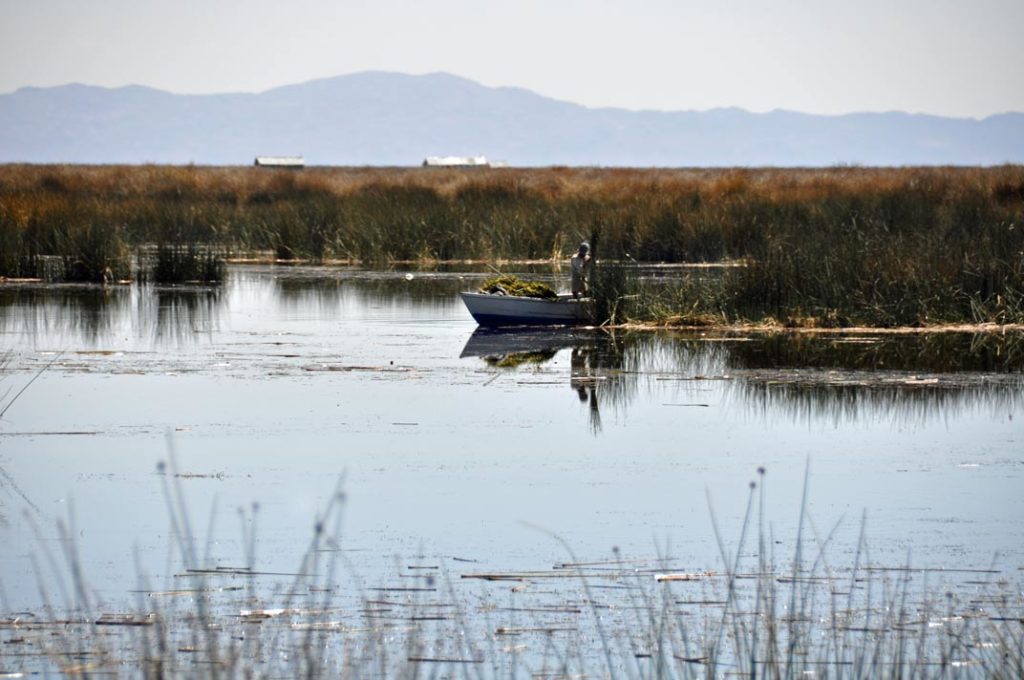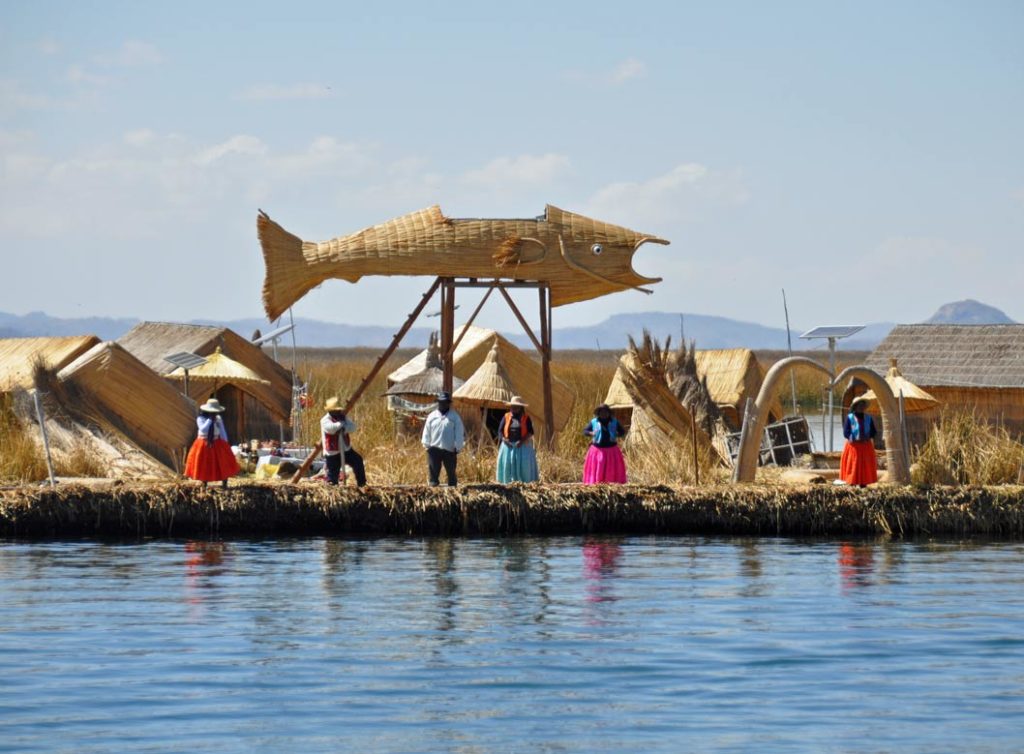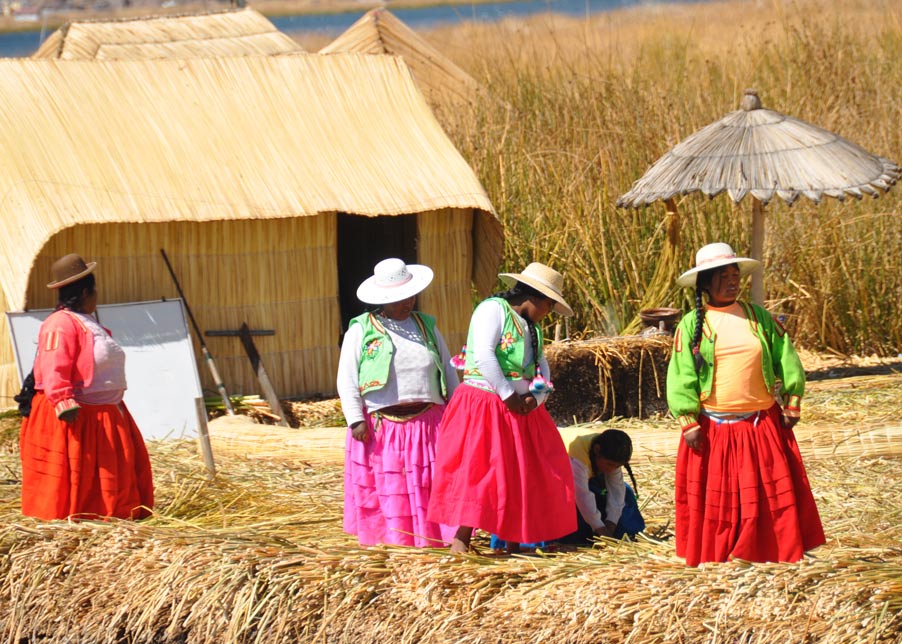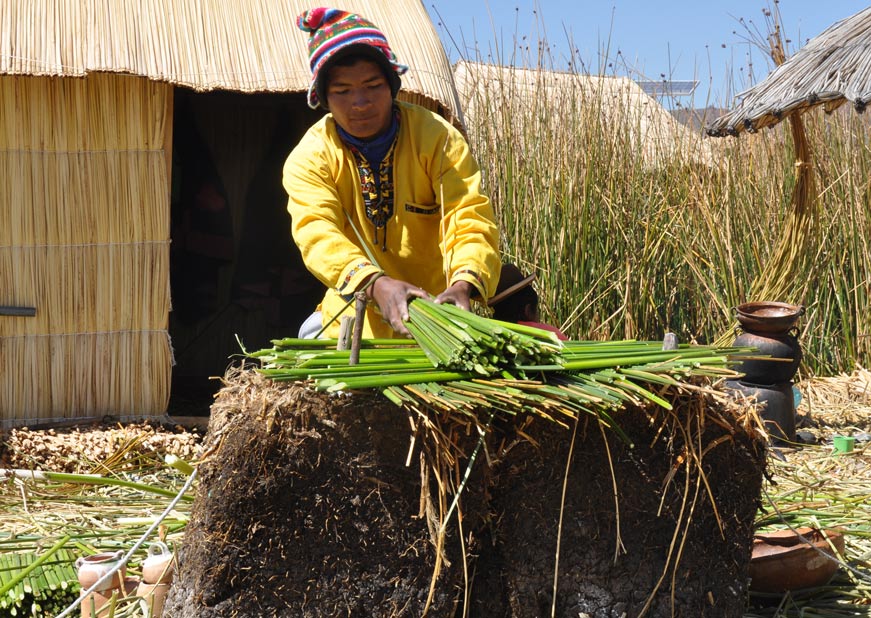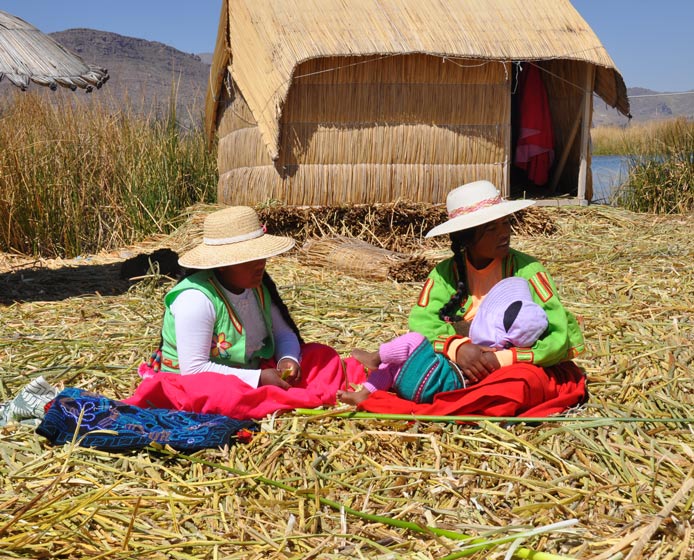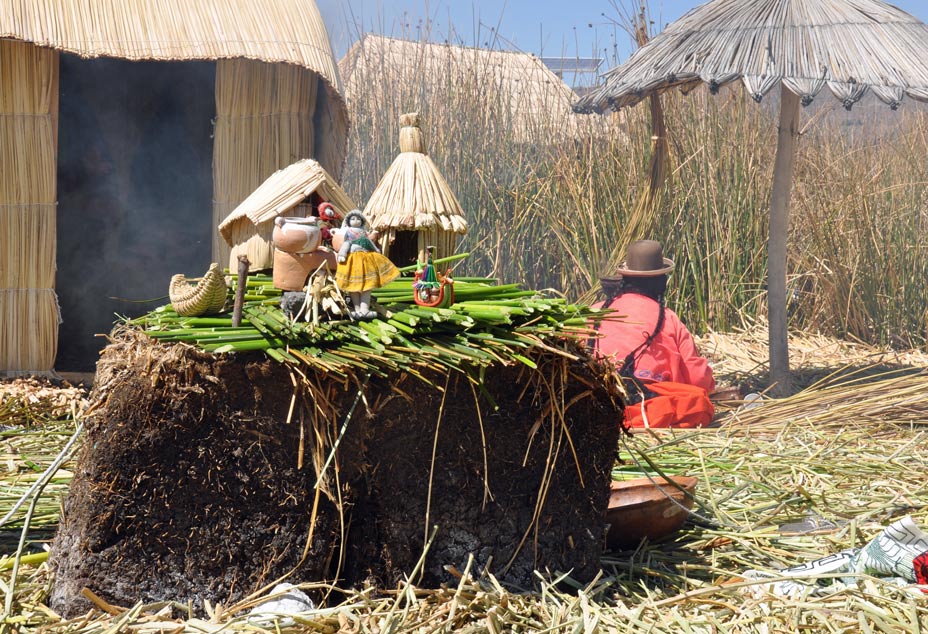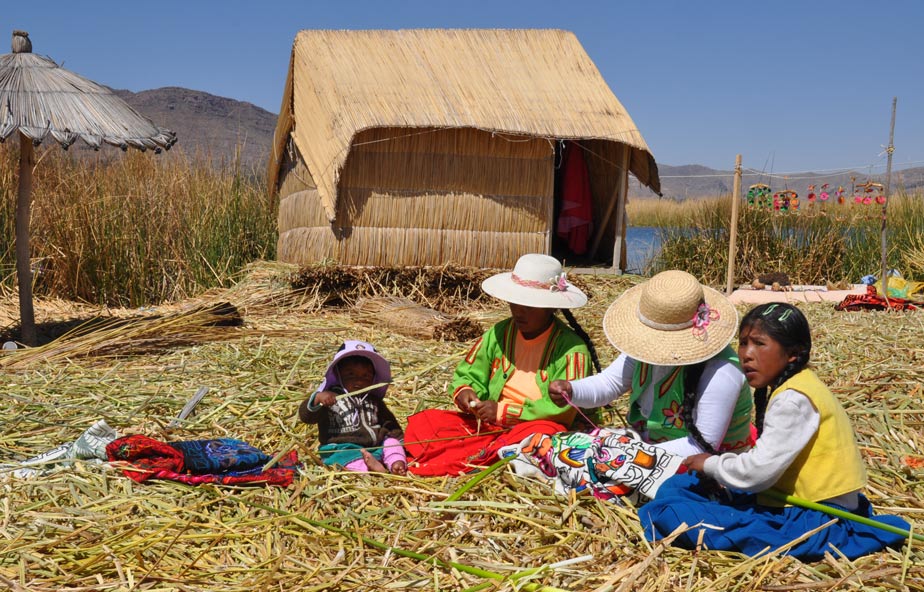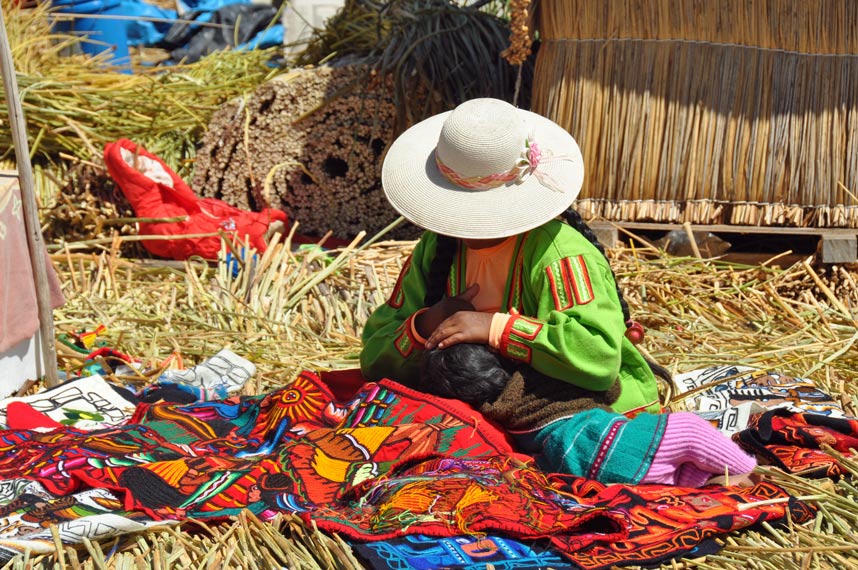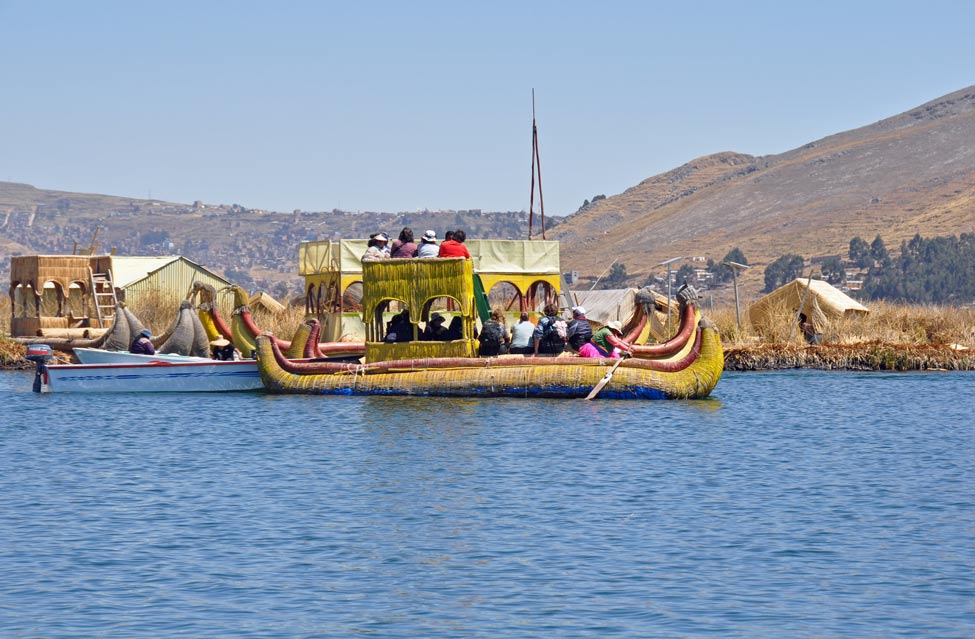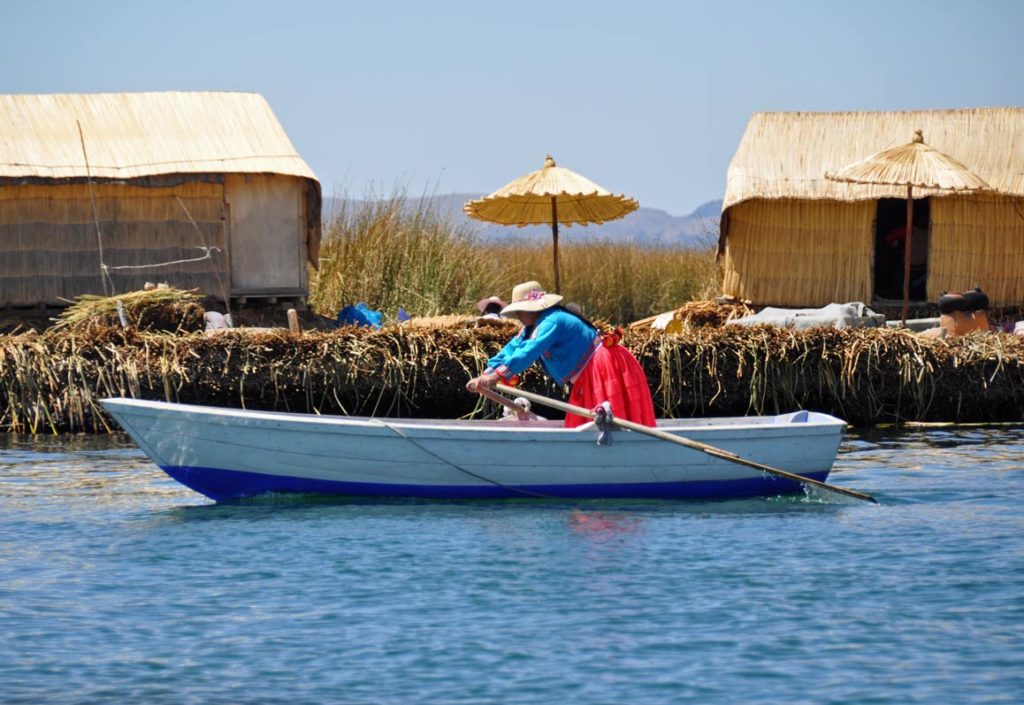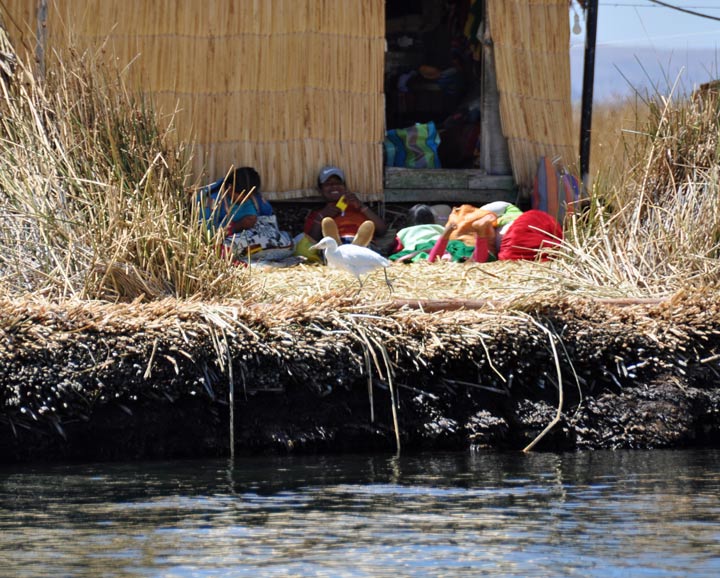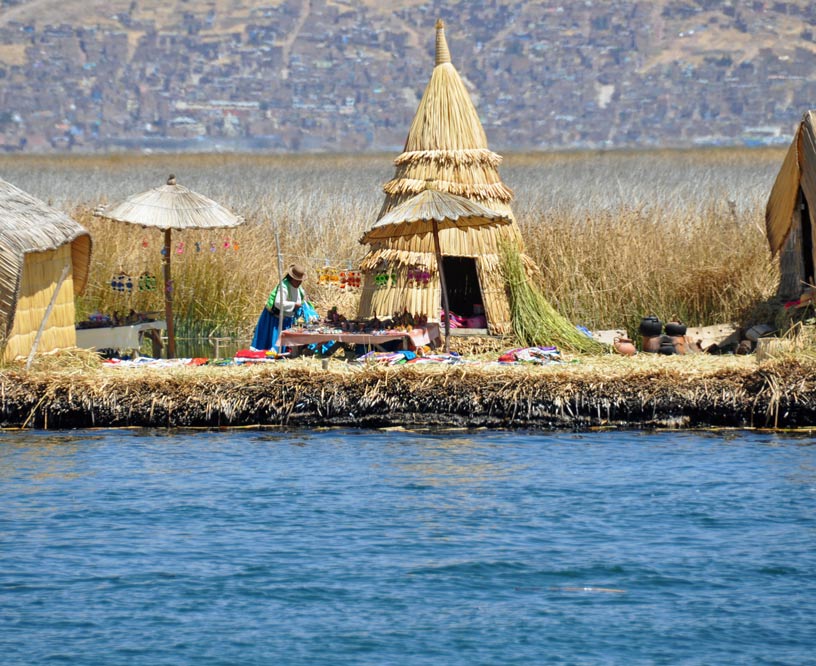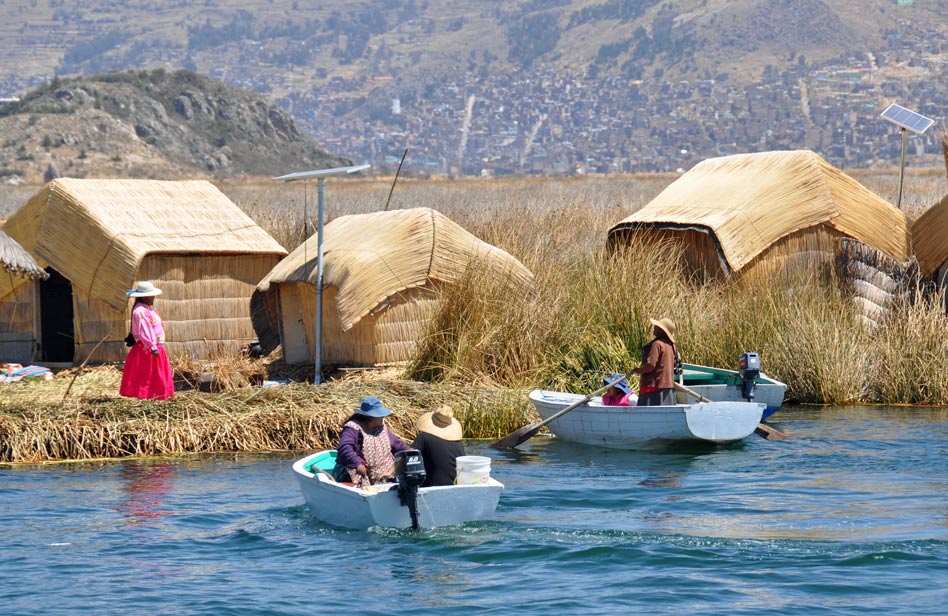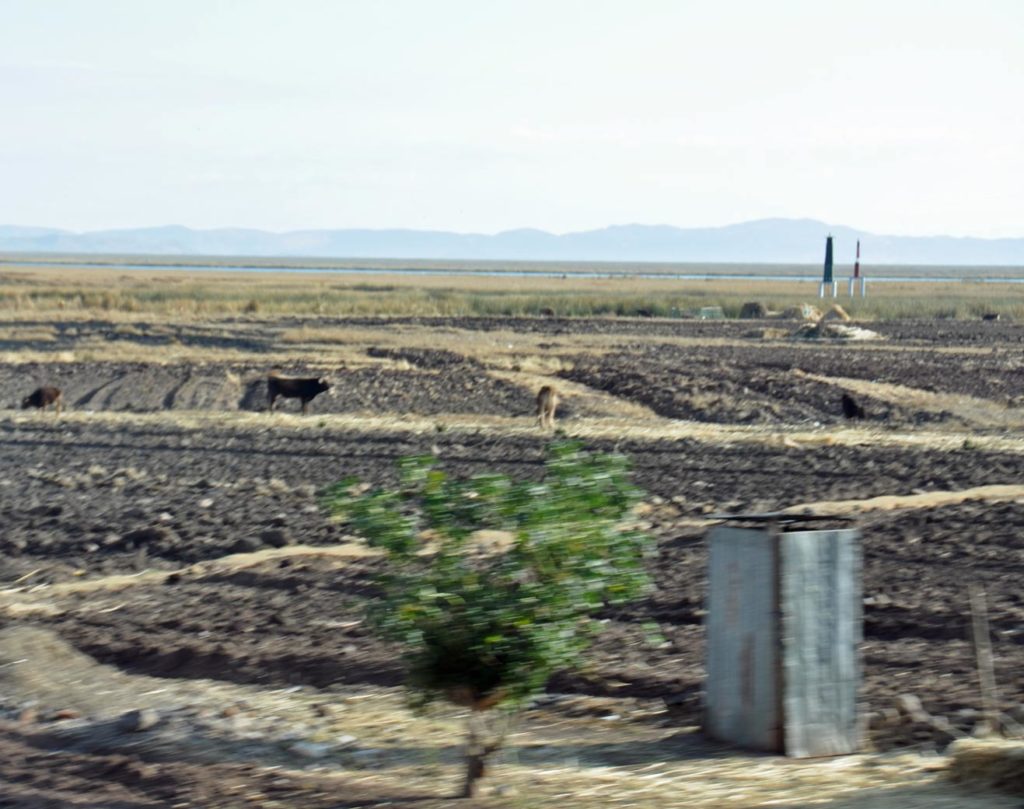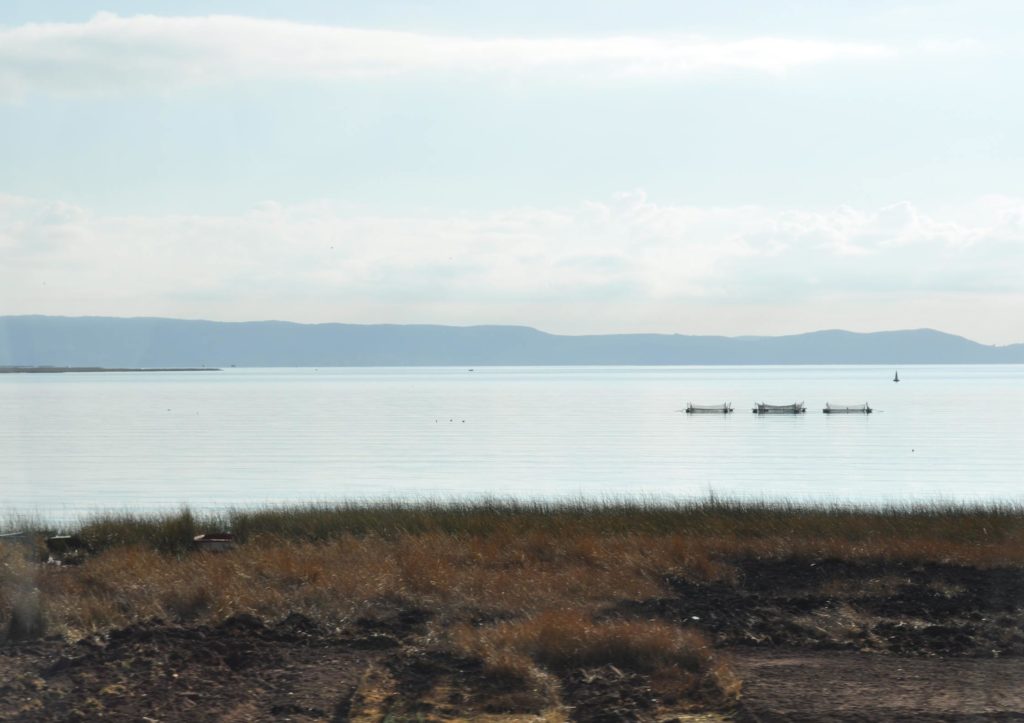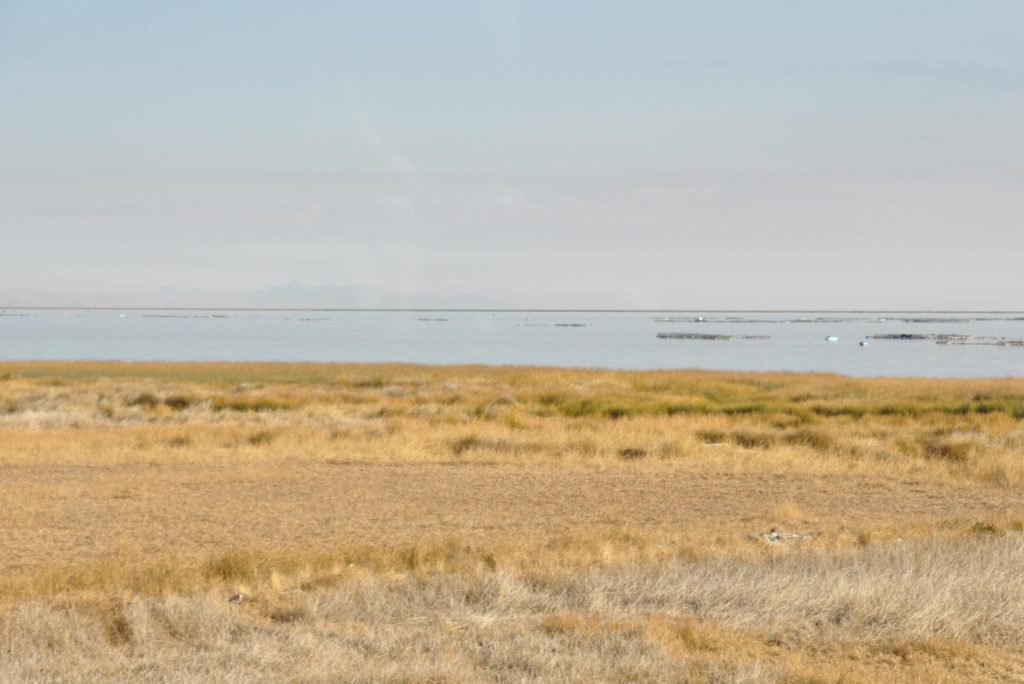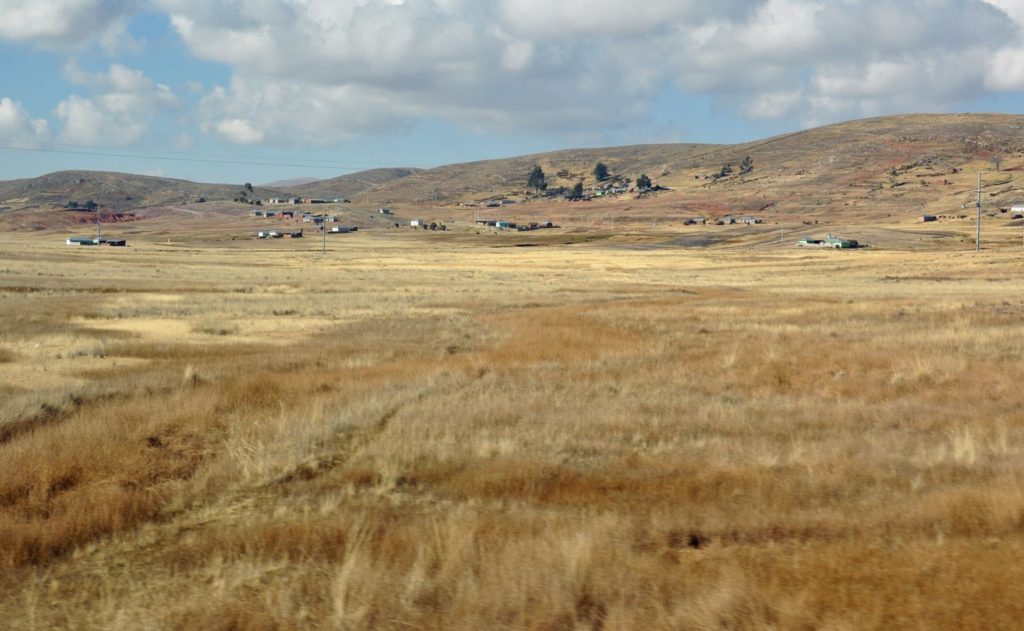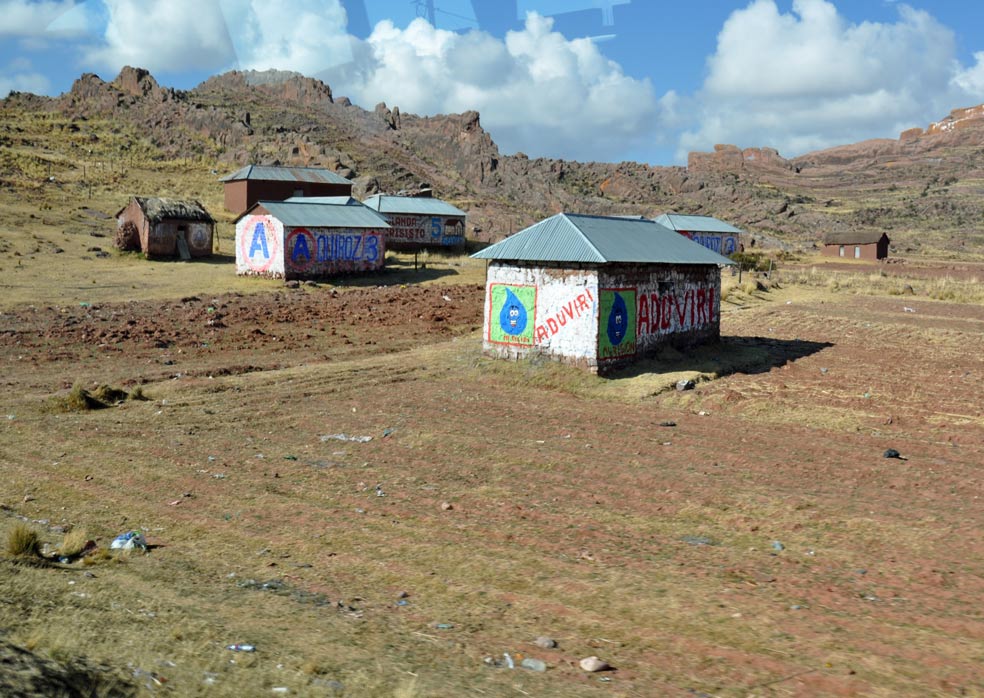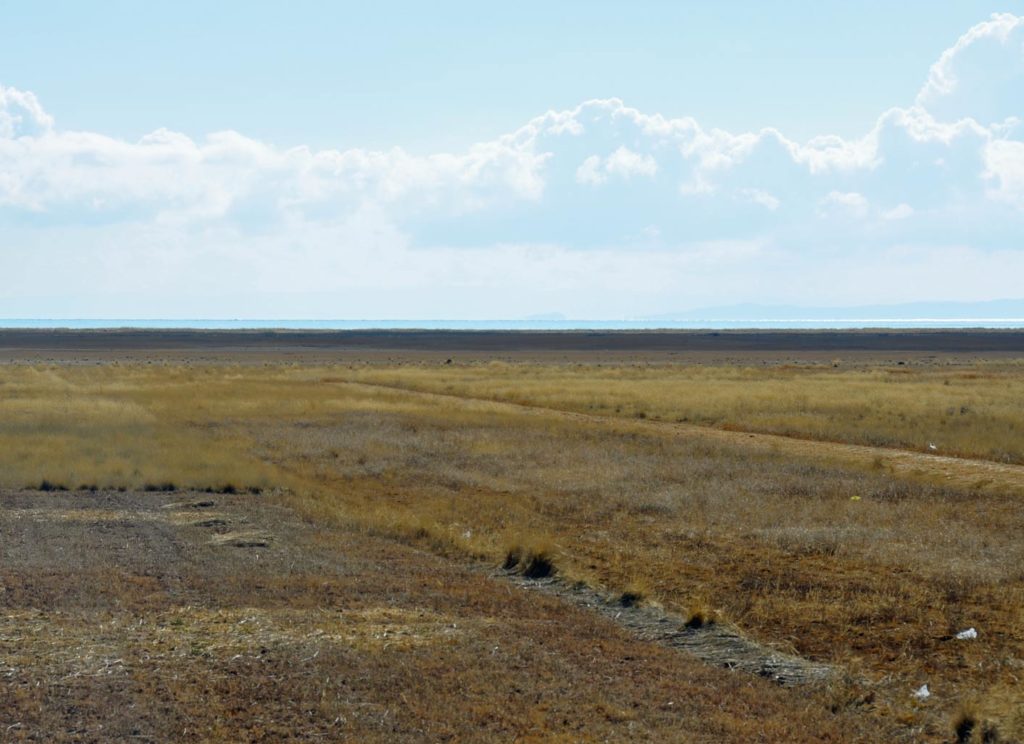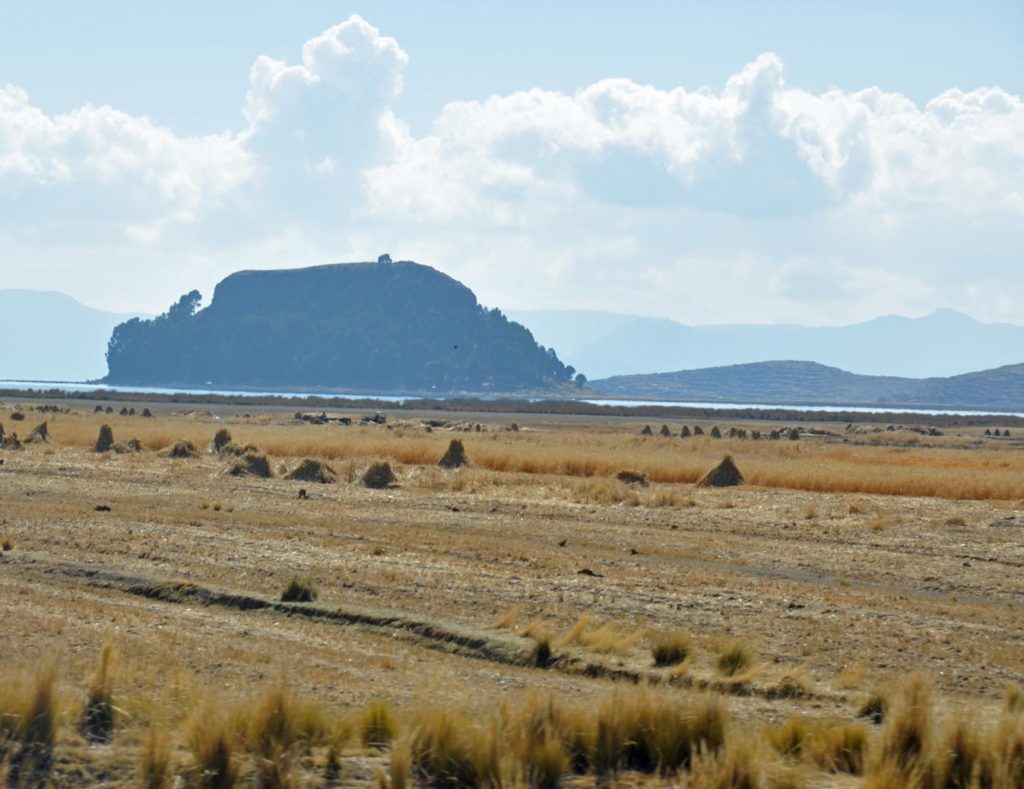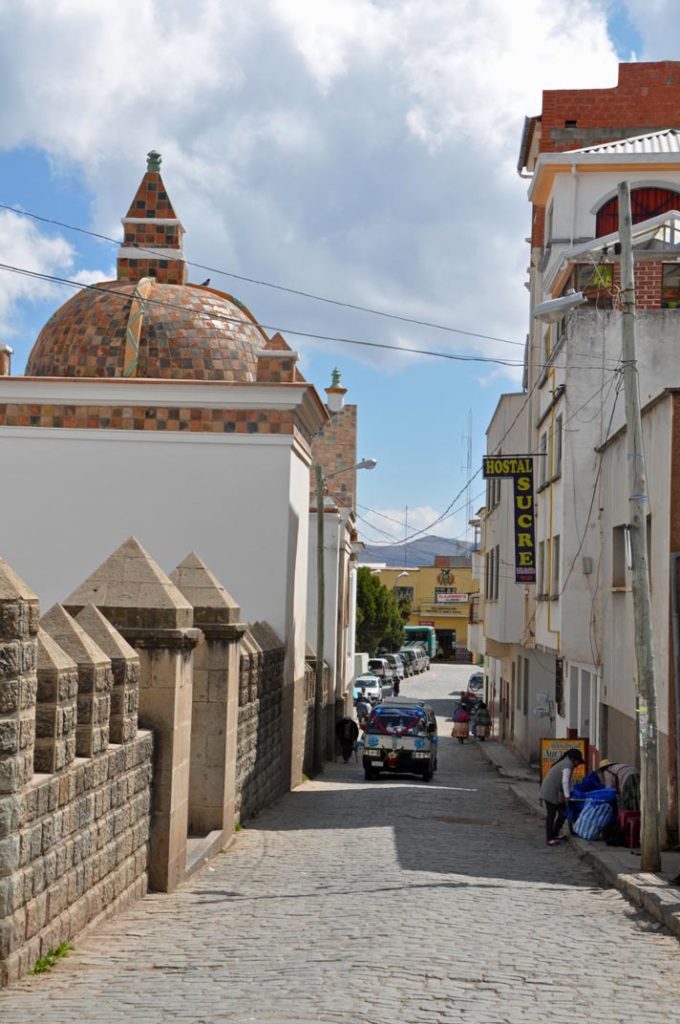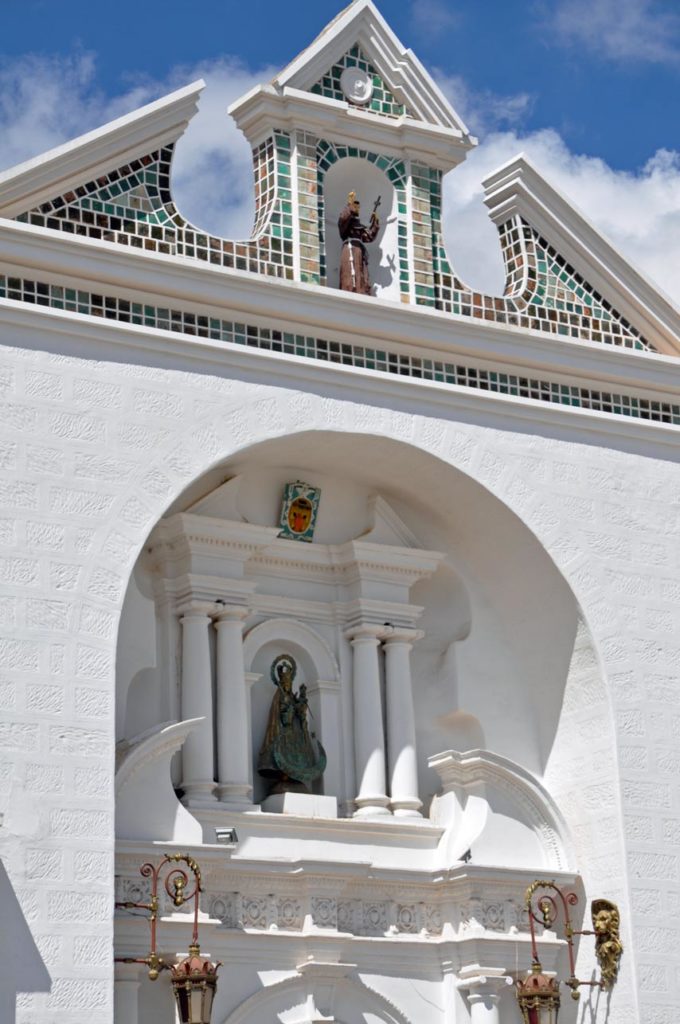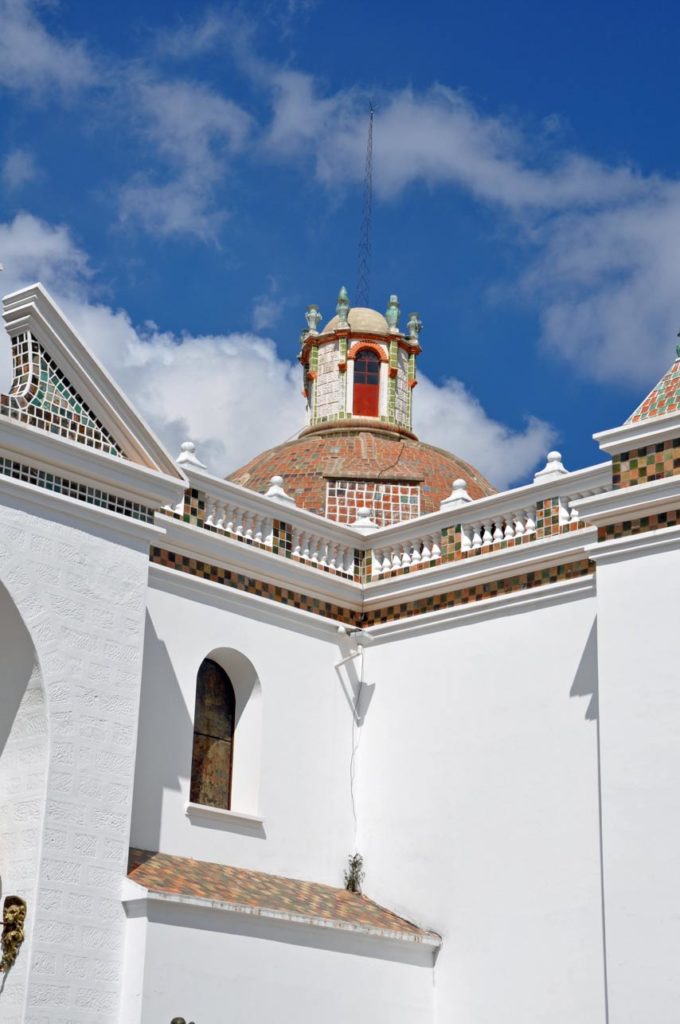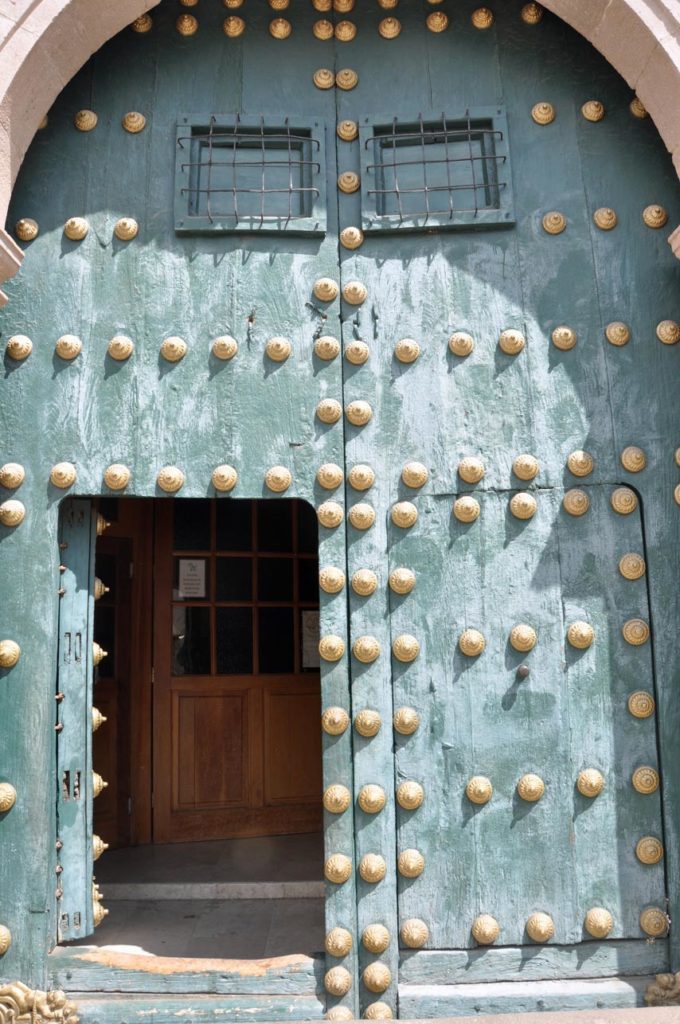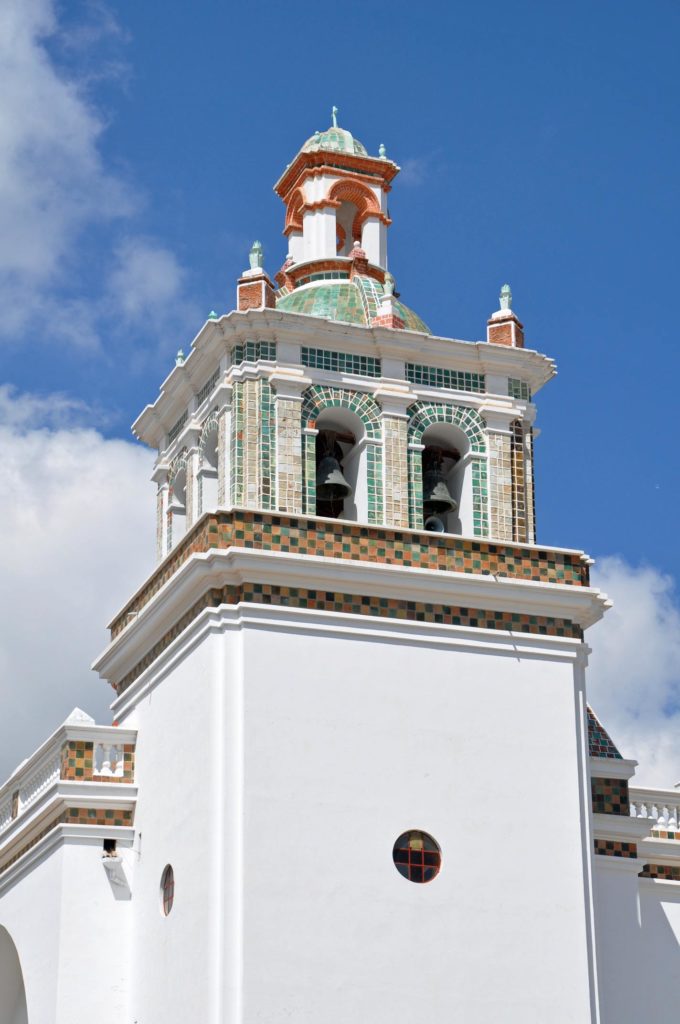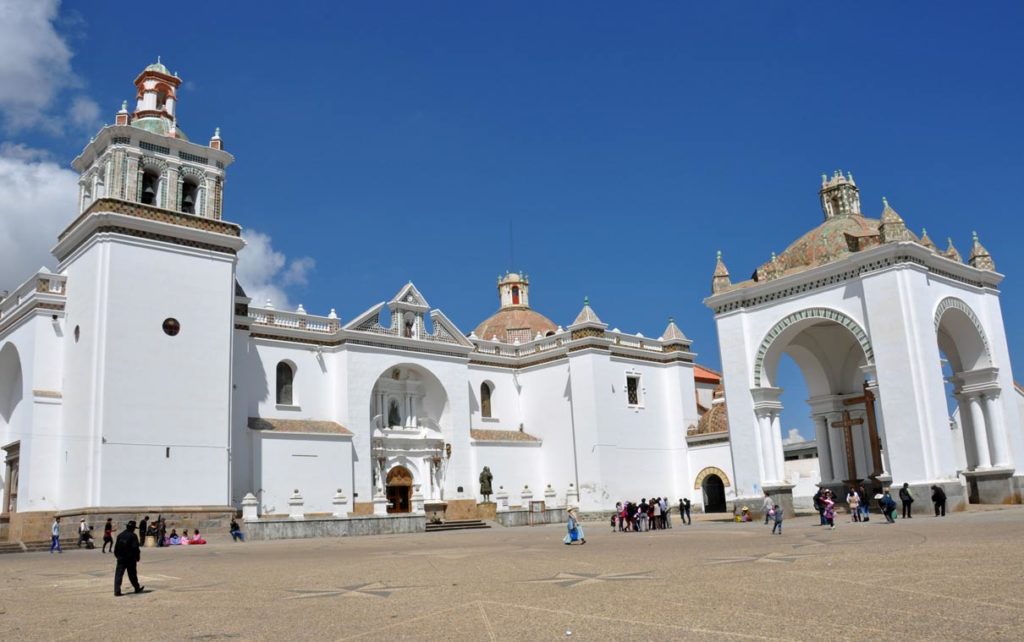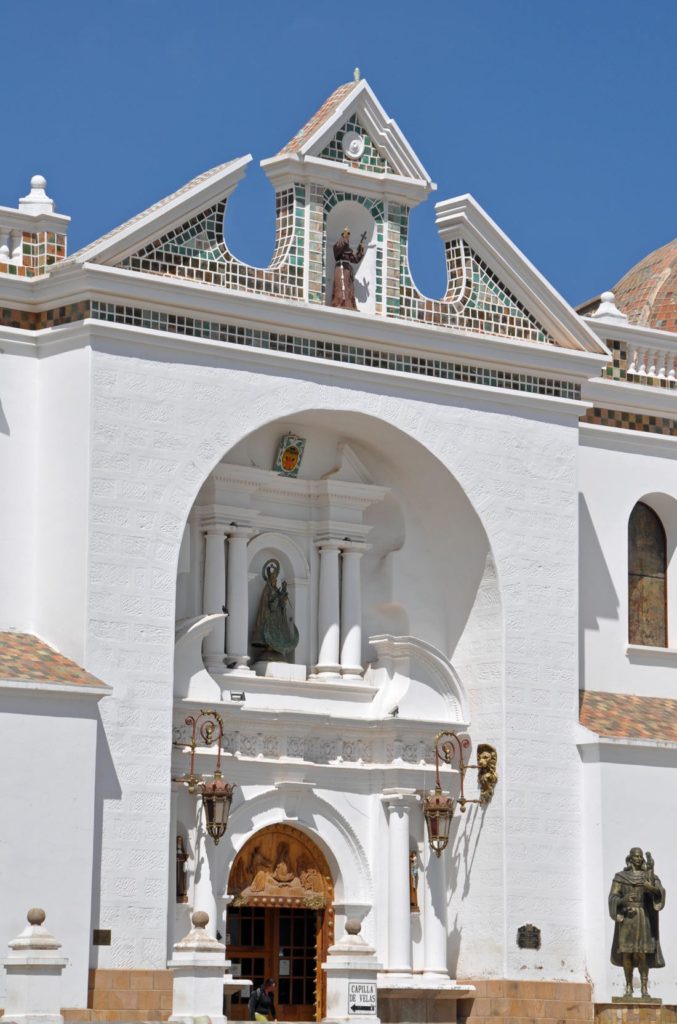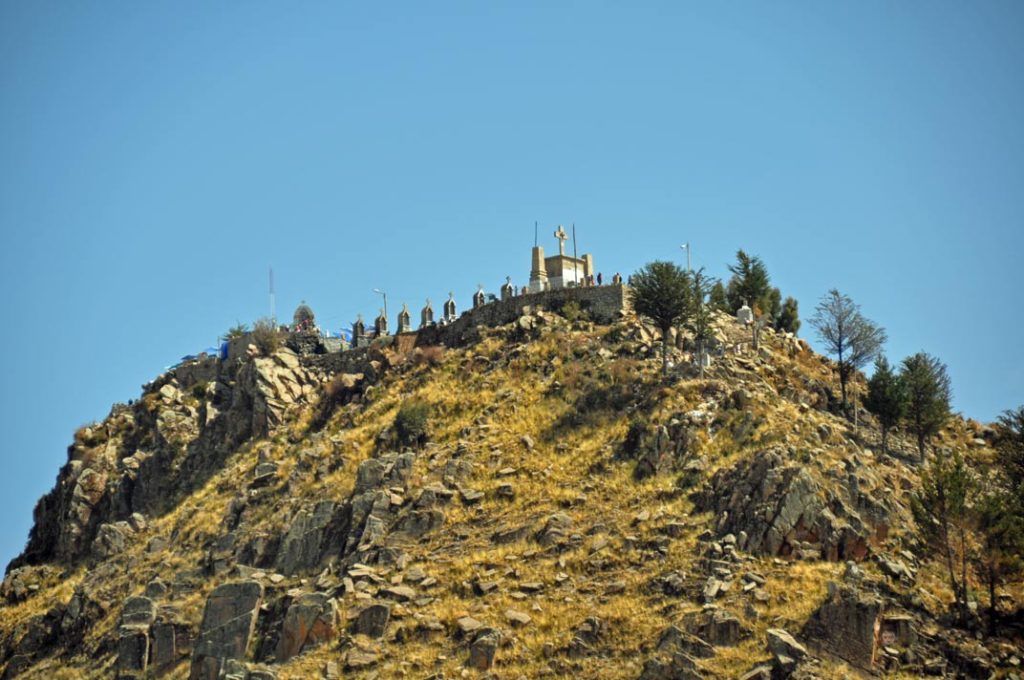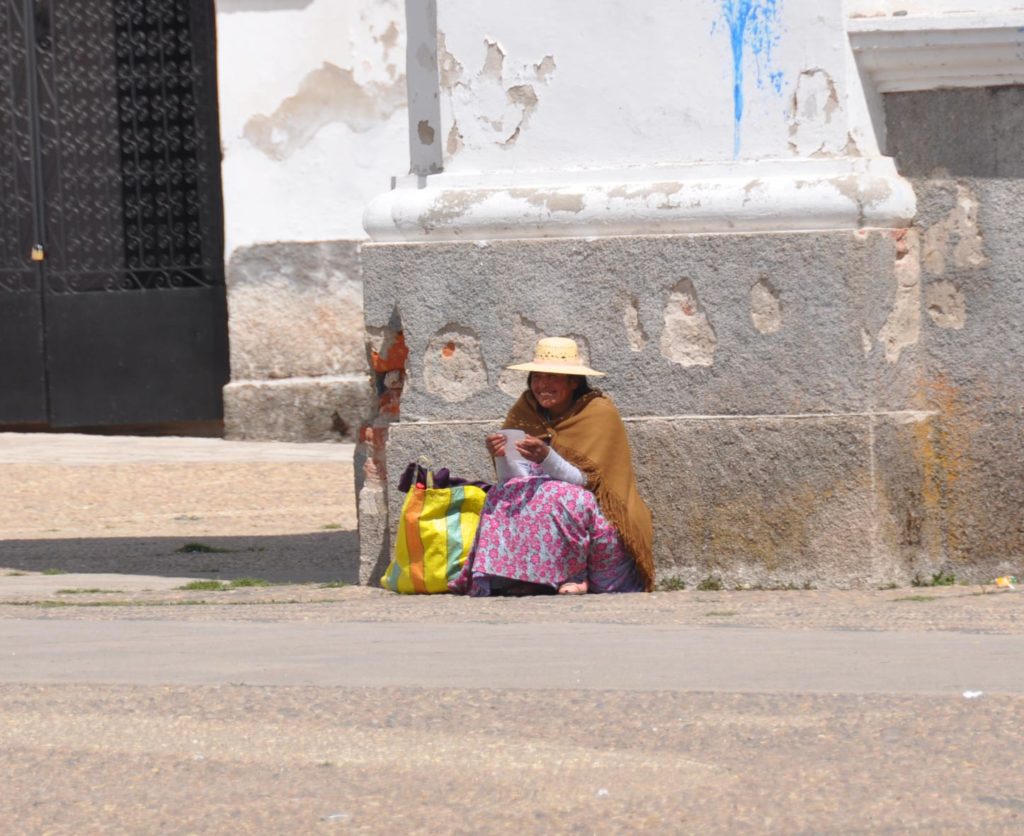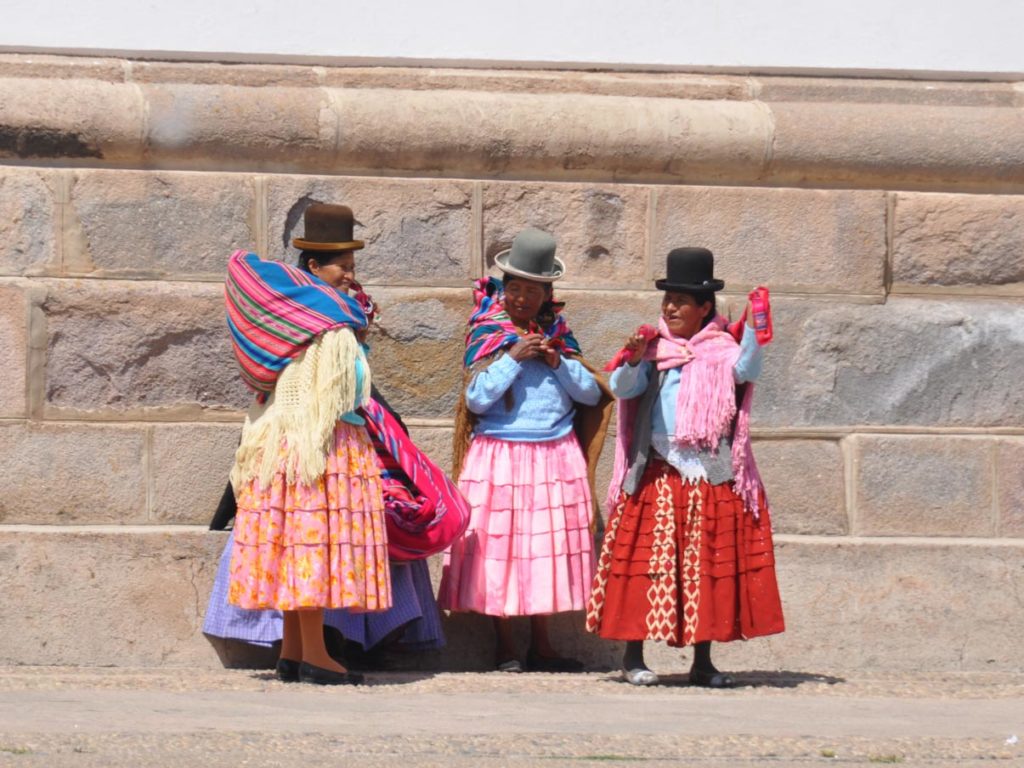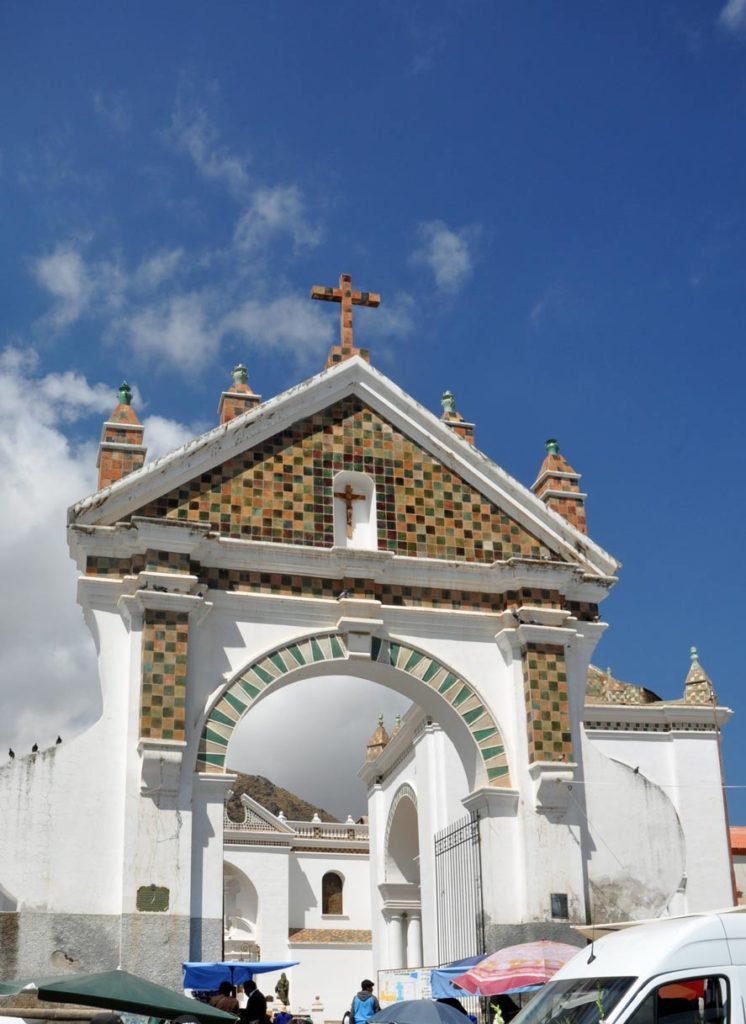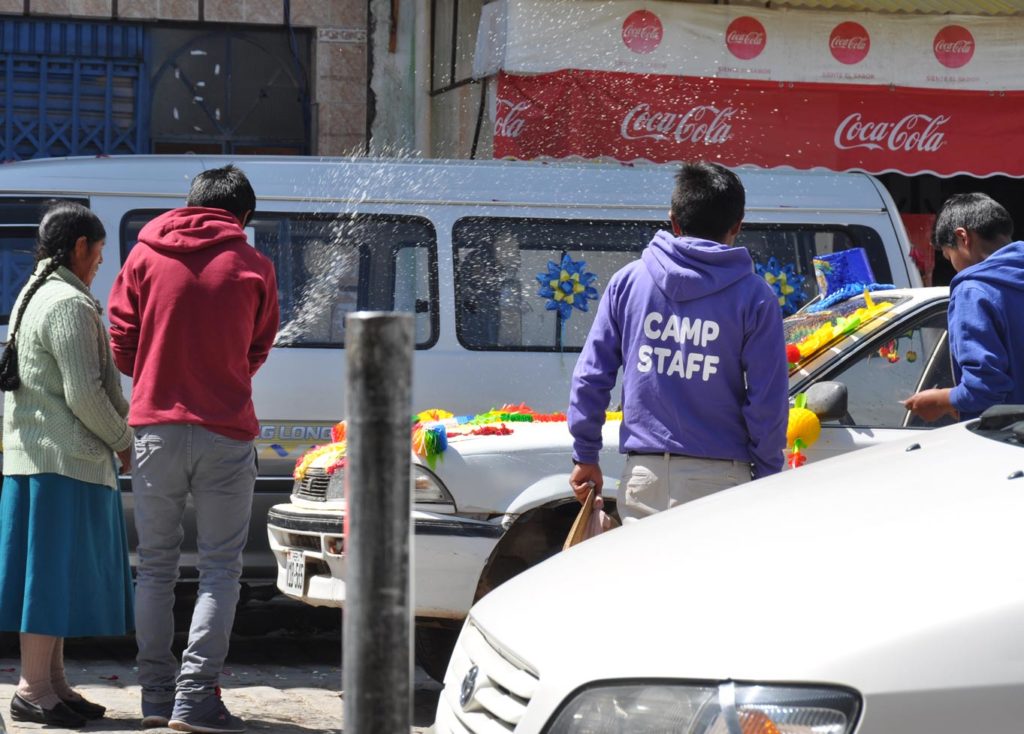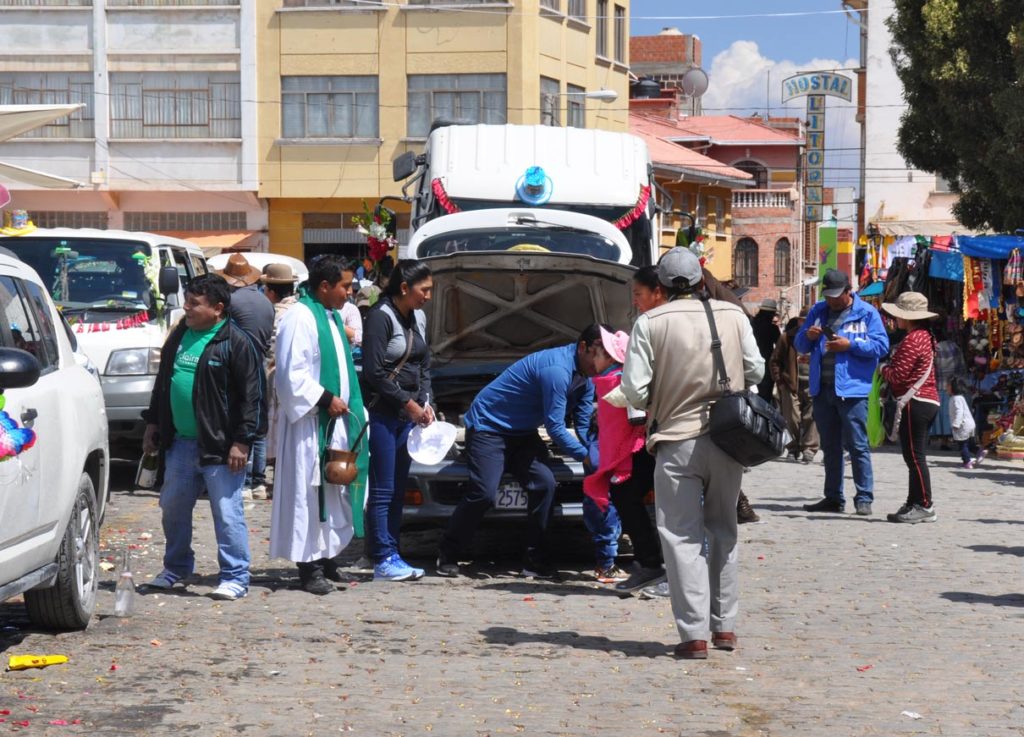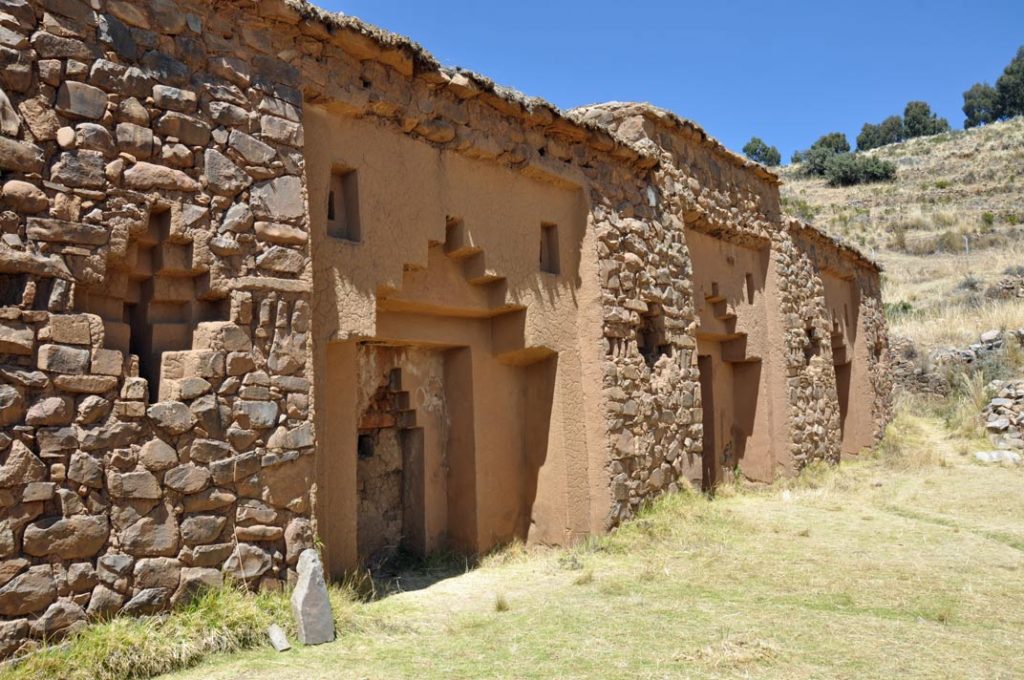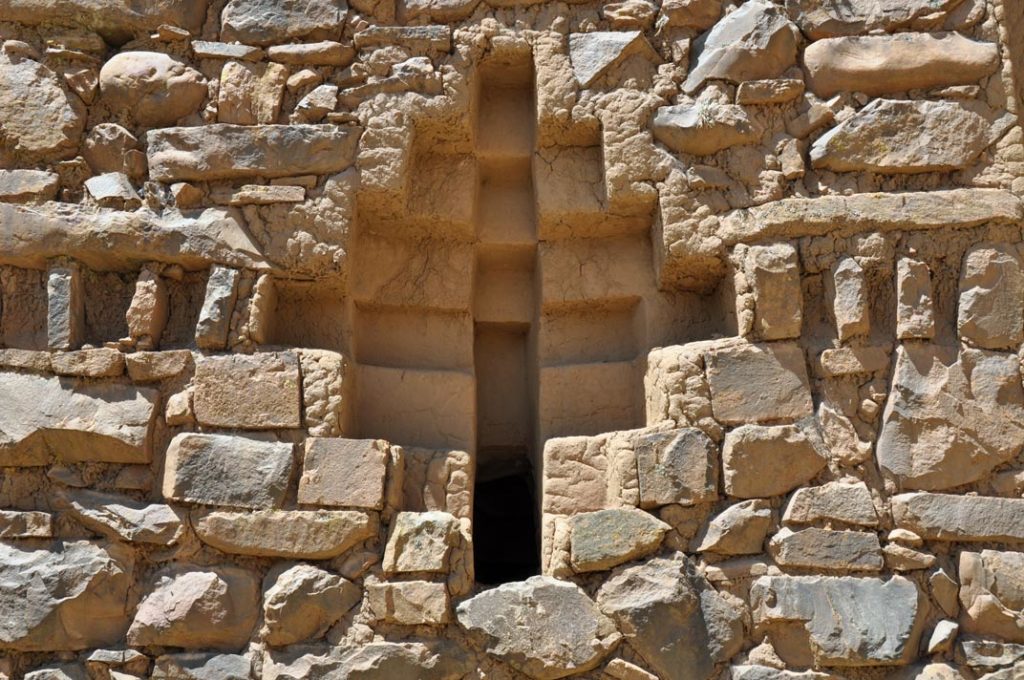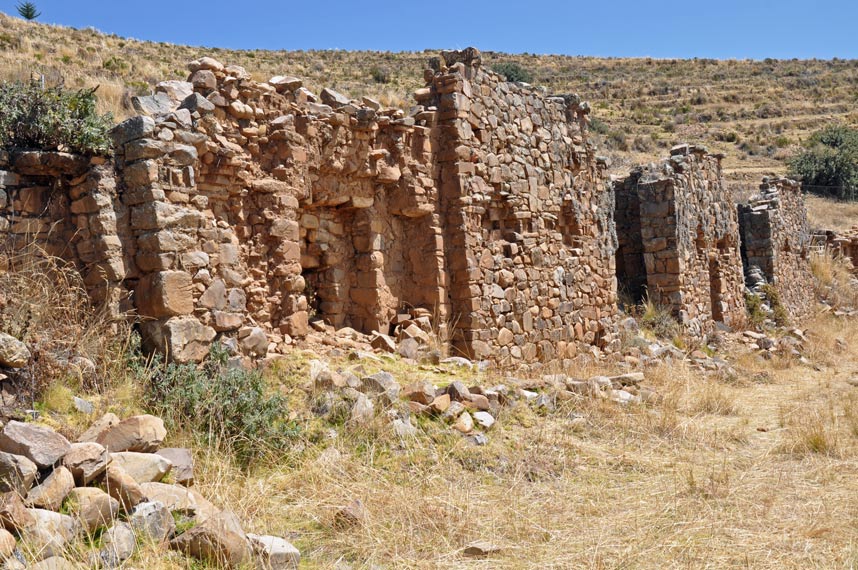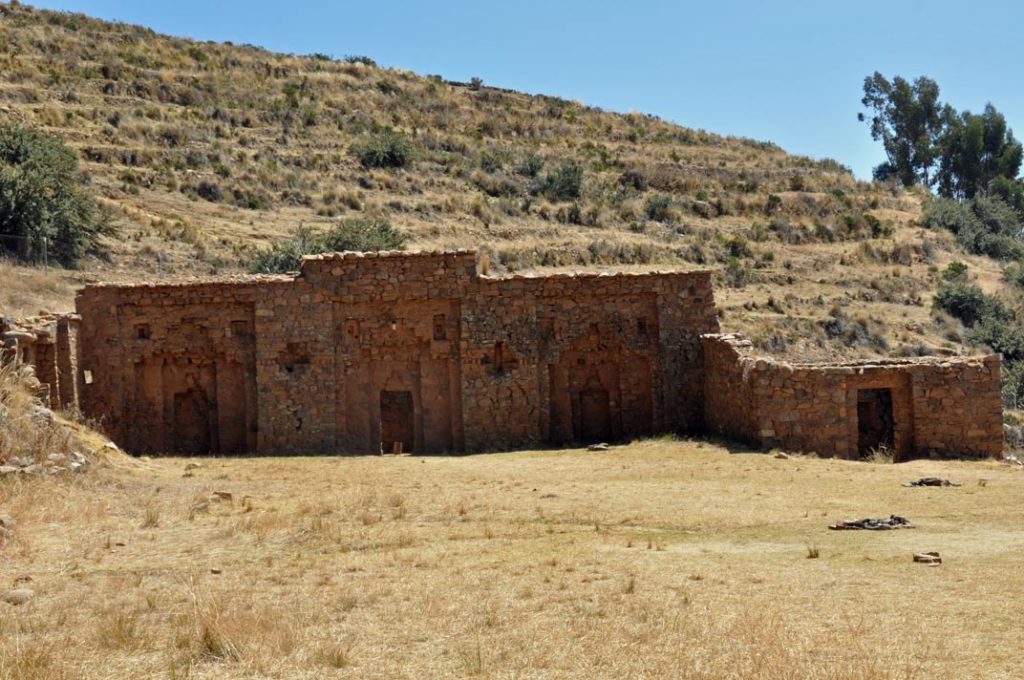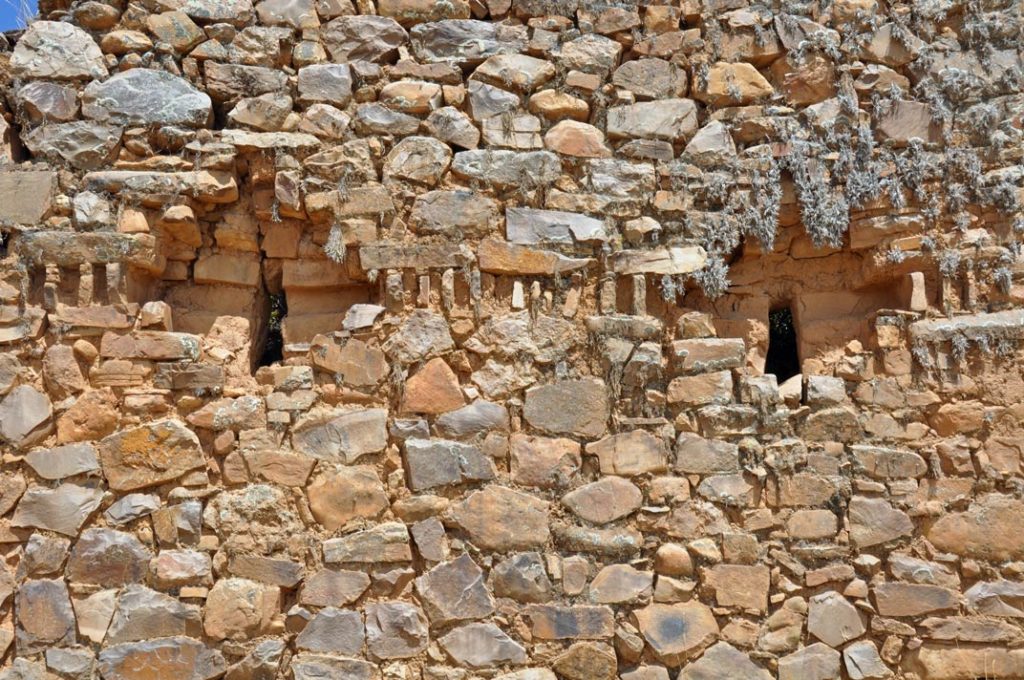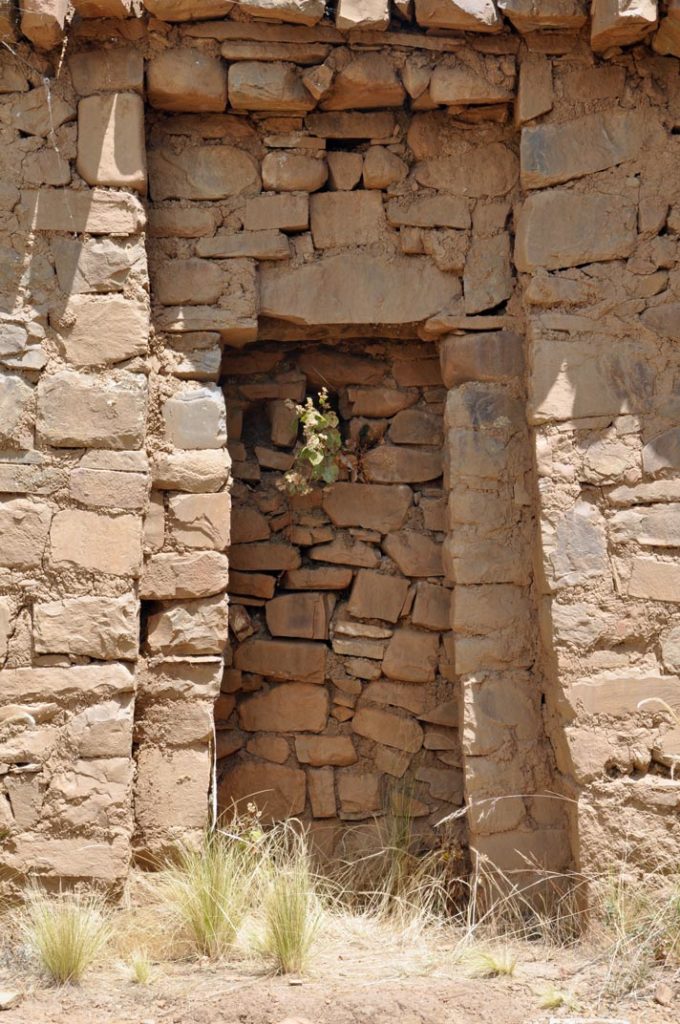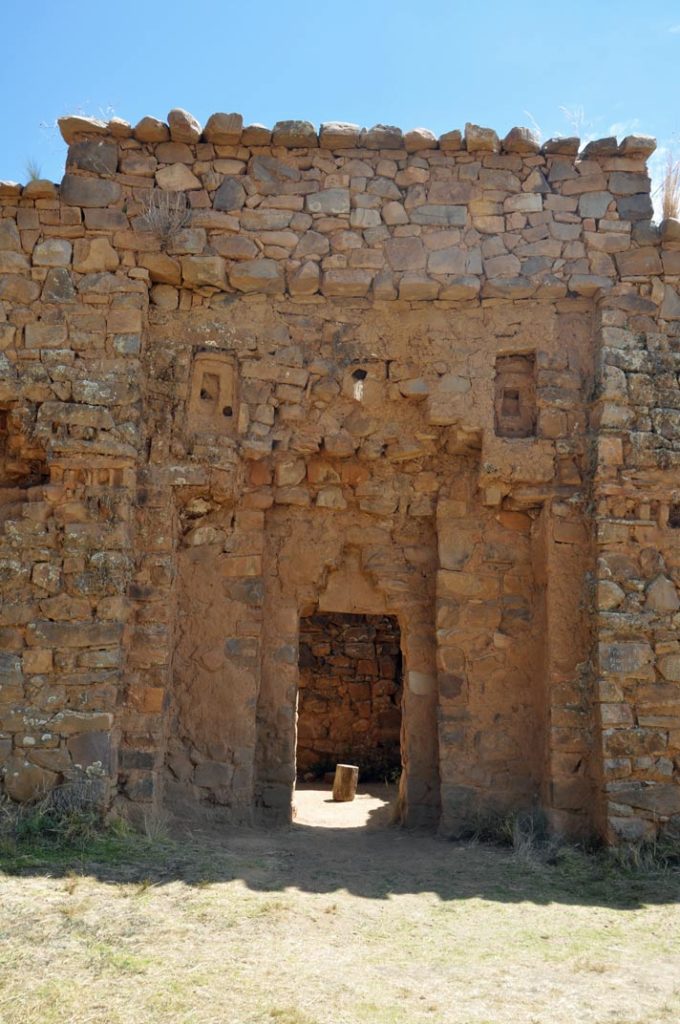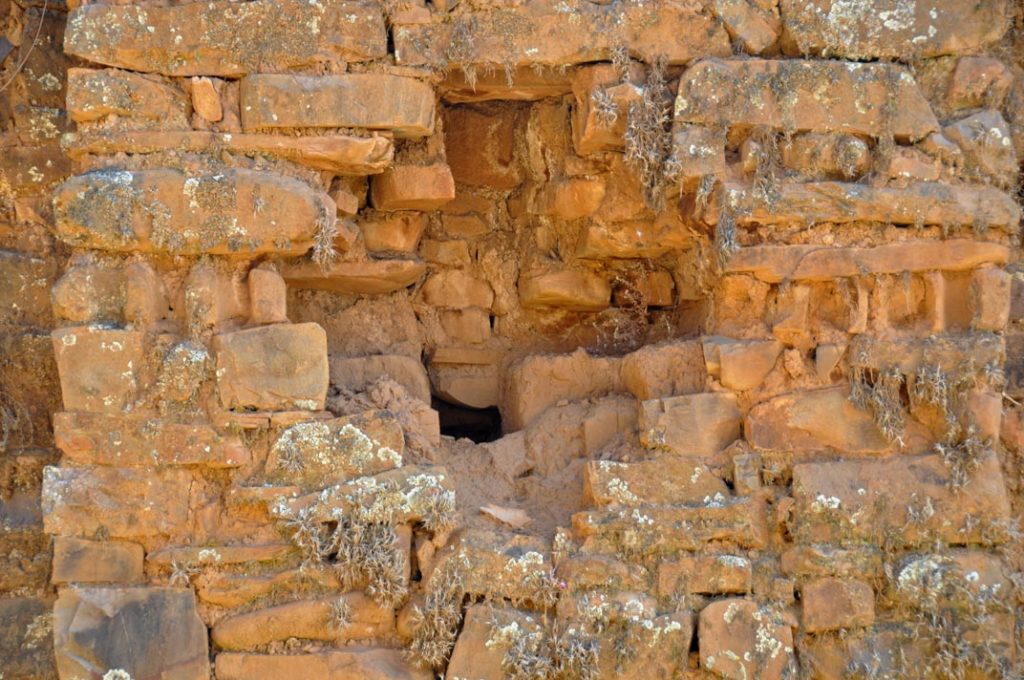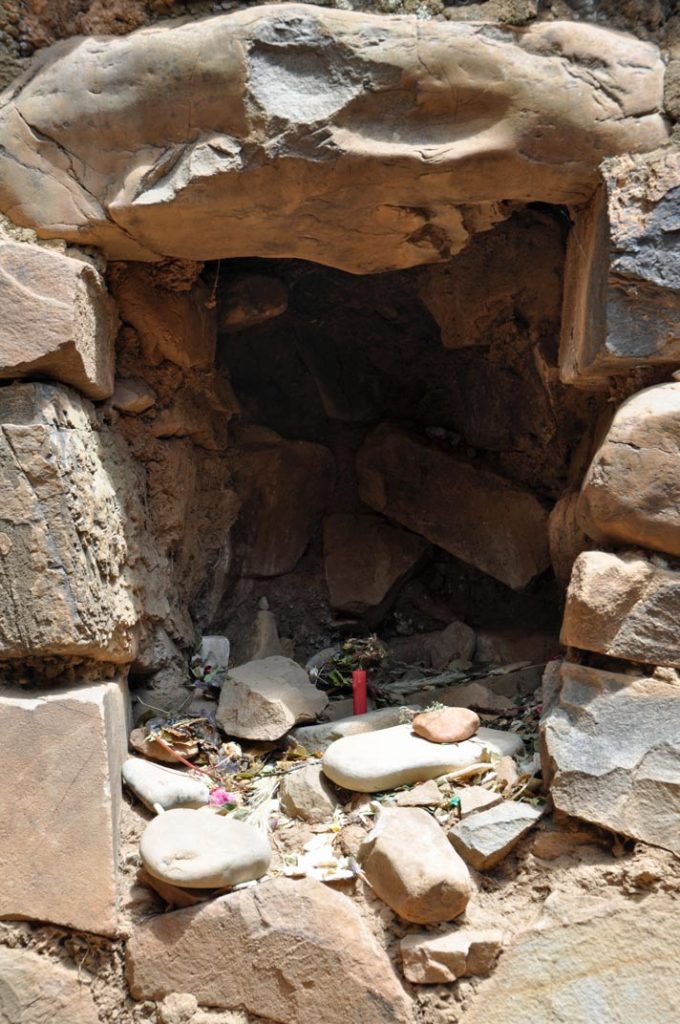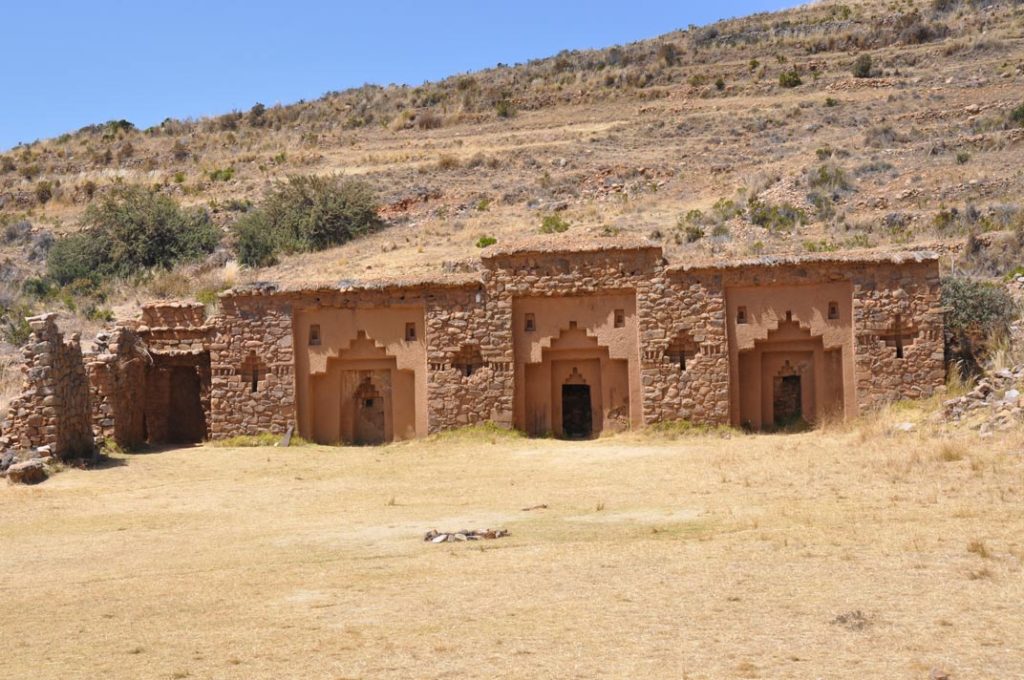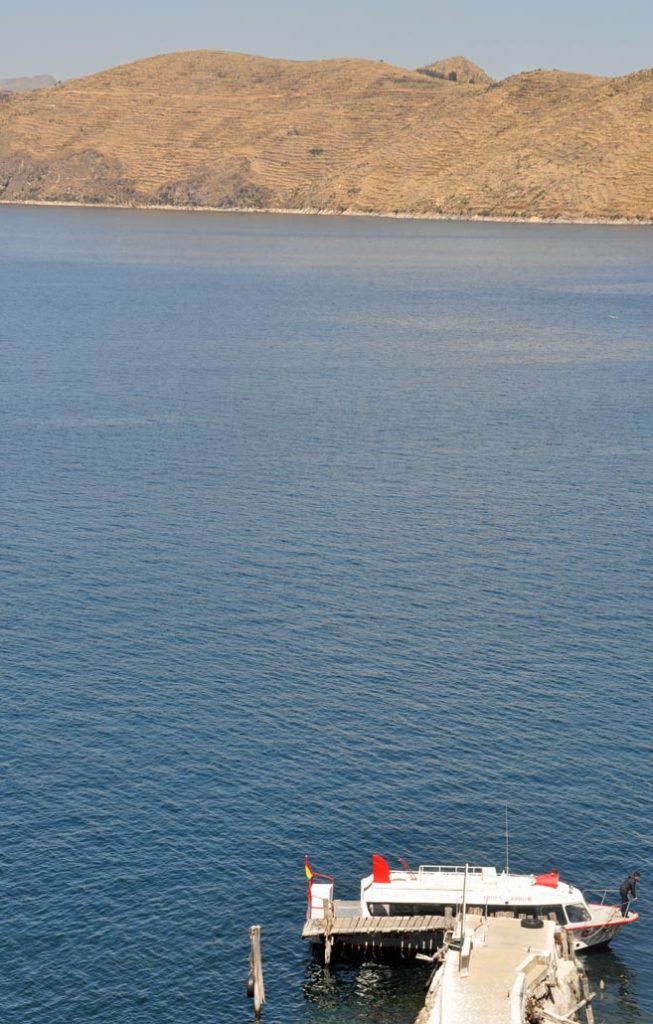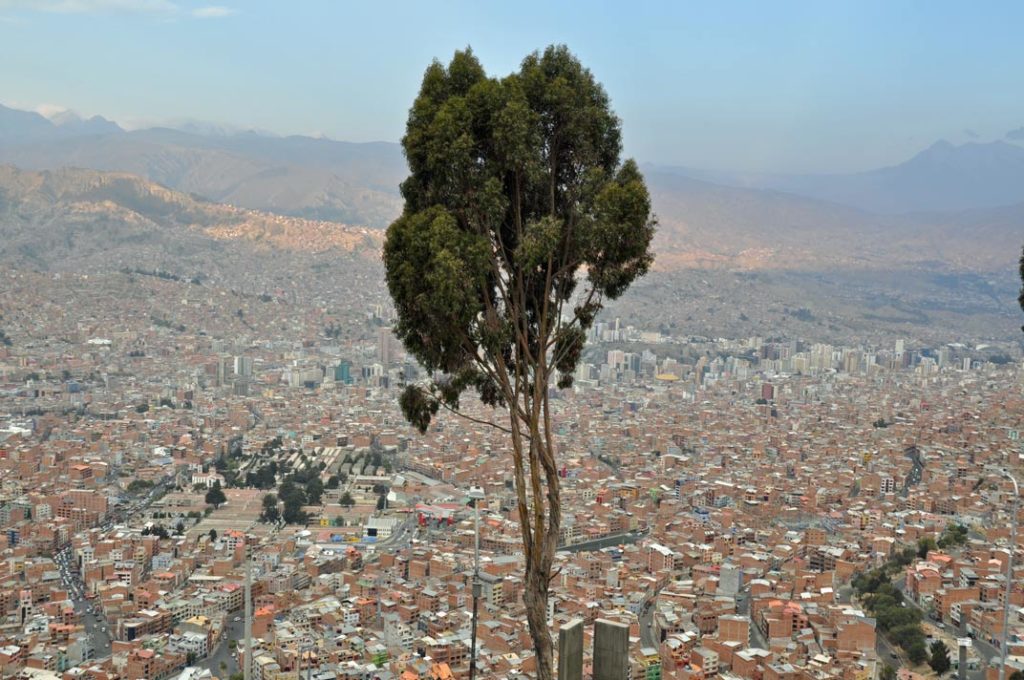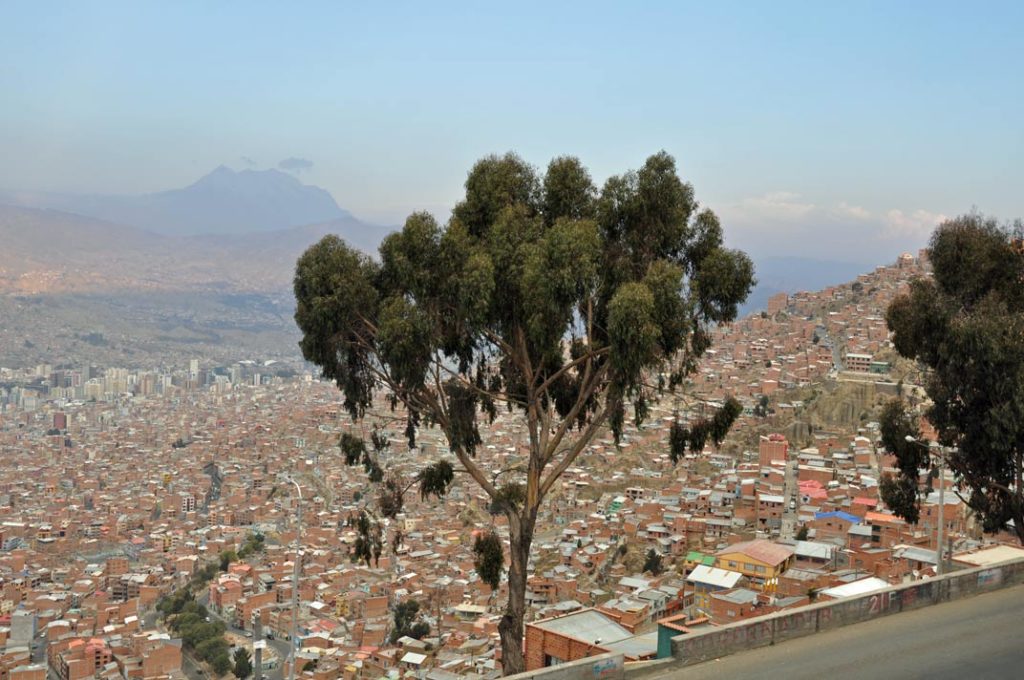
We have seen a number of floating villages now, notably on Tonle Sap but in many ways this was both the prettiest and the saddest.
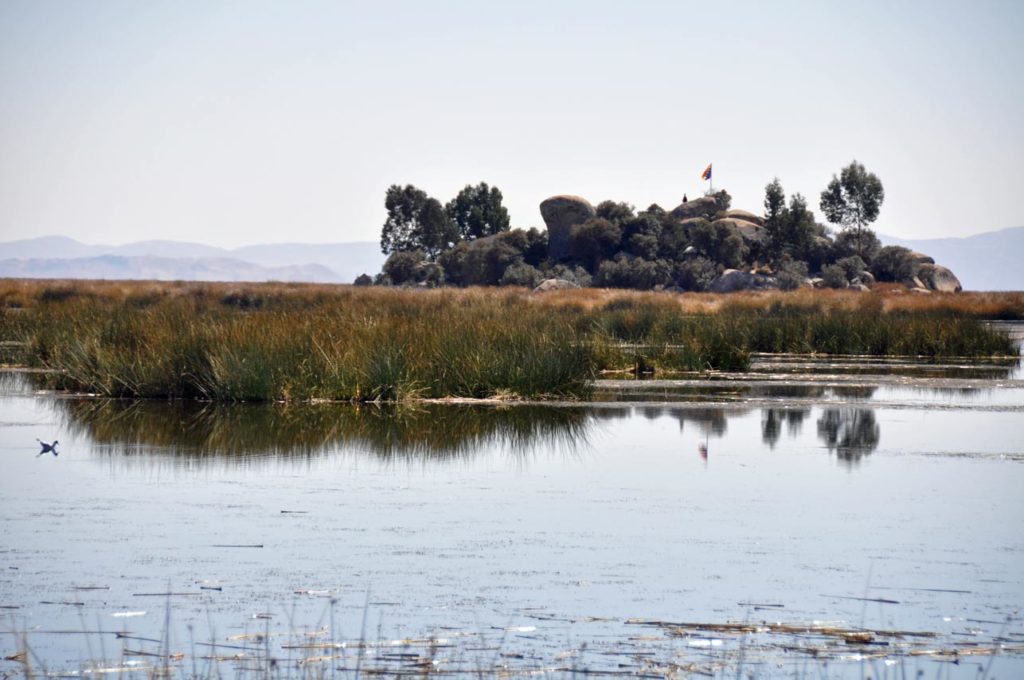
Th islands are built of reeds that grow within the lake and must be constantly renewed and replaced.
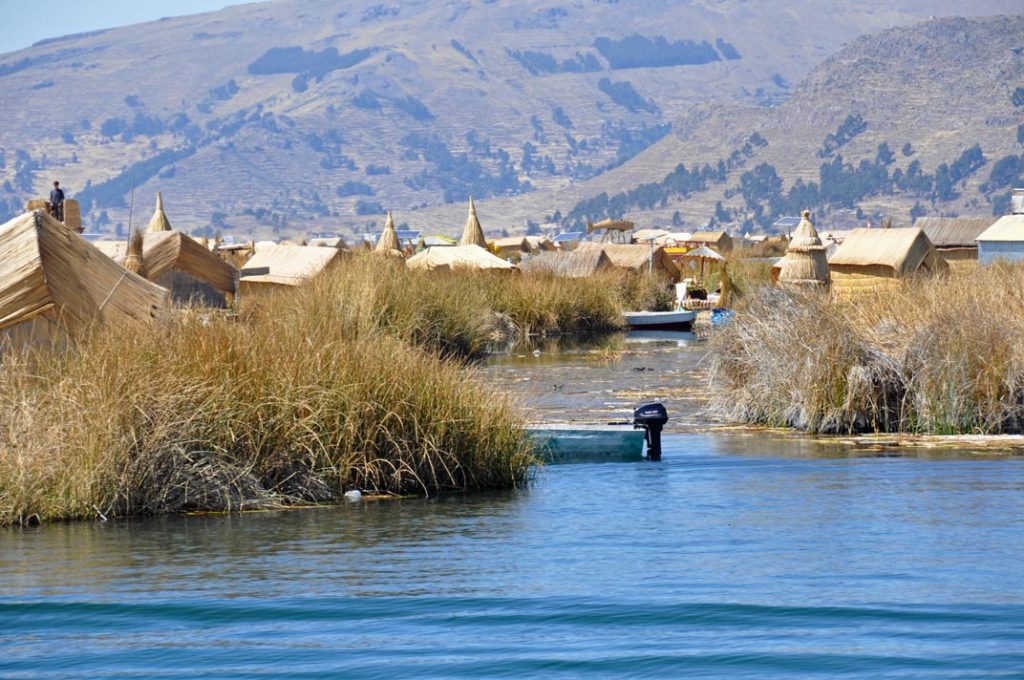
The islands are tethered in case of storms and parked up separate to their original family groups. The communities would originally have used boats made from reeds also but now use modern boats with engines. Paying for the fuel for these takes hard currency, which is where their barter system with the mainland falls down and tourism cash steps forward.

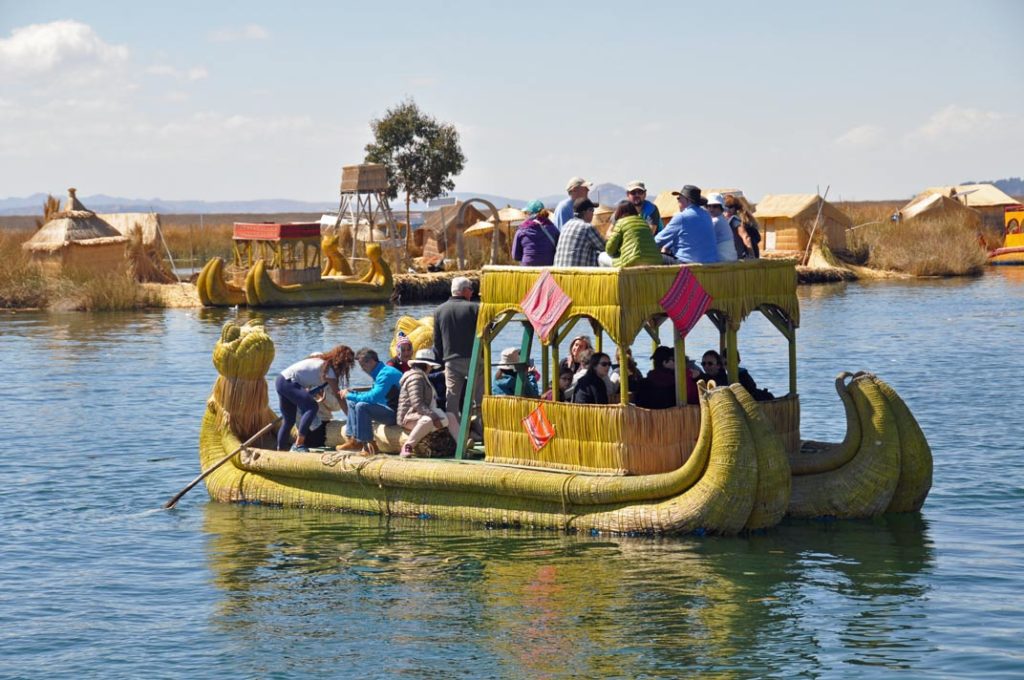
Each island comprises a group of friends, grouped together to make a living. Each vies for the attention of any new tourist group and each responsible tour guide will try to share out the tourists between the islands.
Once there you get an explanation of how the islands are put together, before being presented with some crafts, usually woven, that are for sale. As always it’s better to buy something than simply donate money.
On our trip we met up with a relatively young group. Although education is compulsory to around 16, most kids marry young and have children so Norma aged 19 with her 1 year old Elizabetta was not that unusual.
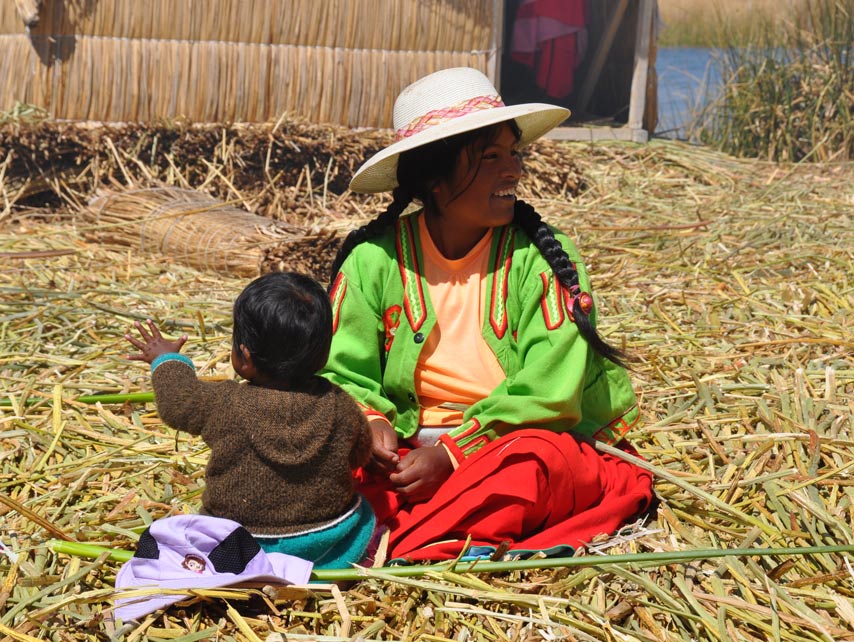
With the money from tourism these people would not survive. The lifestyle out on the islands is not “real” in that sense and very different to the living communities deep on Tonle Sap who rarely saw tourists.
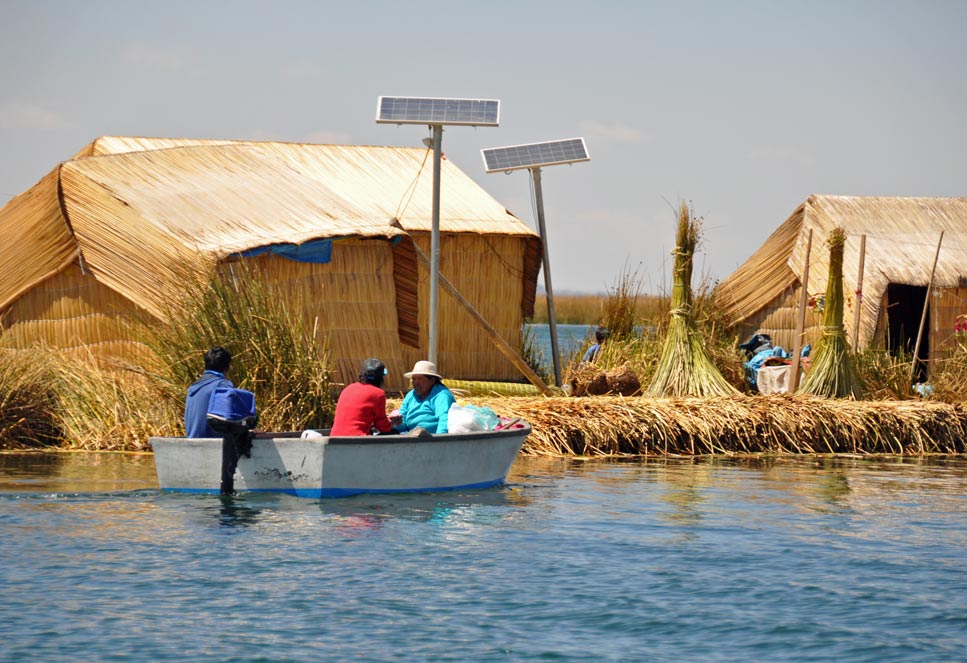
The villagers can live long lives though they tend to be vulnerable to arthritis and chest infections from living so close to the water. Obviously living so exposed to the sun tends to increase the chance of skin cancers also.
But it is a persistent life choice for much of the community, maybe in part because they are not as well educated or well accepted by the people living on the mainland.
After visiting the floating islands we made the trip to Bolivia crossing the border near the lake and visiting a couple of islands on the way.
It is remarkably difficult to remember that you are essentially on the top of the world, very high up, given how flat it all looks. For someone from the UK, altitude inevitably involves high mountains and valleys, not plains.
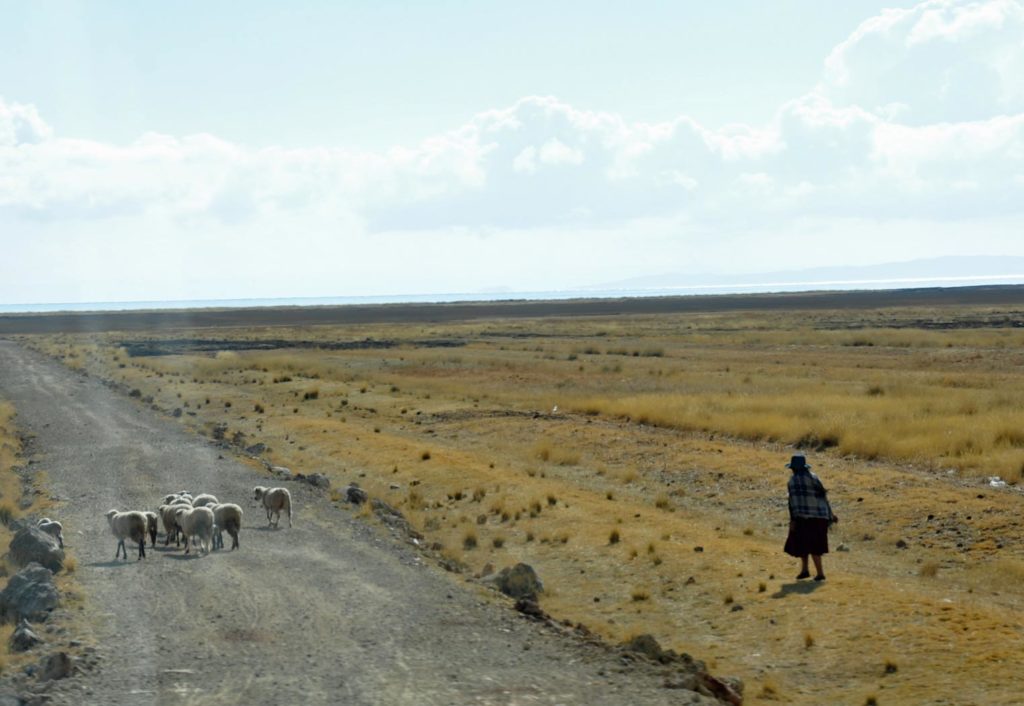
Our first stop across the border was Copacabana where a festival was underway with both the local priest and shaman busy blessing cars for the year.


The Virgin of the church, who was “black” ie. looked more like an indigenous person than most of the statues, is one of the more popular so the church was busy.
Though not as busy as a very jolly, quite young looking priest.
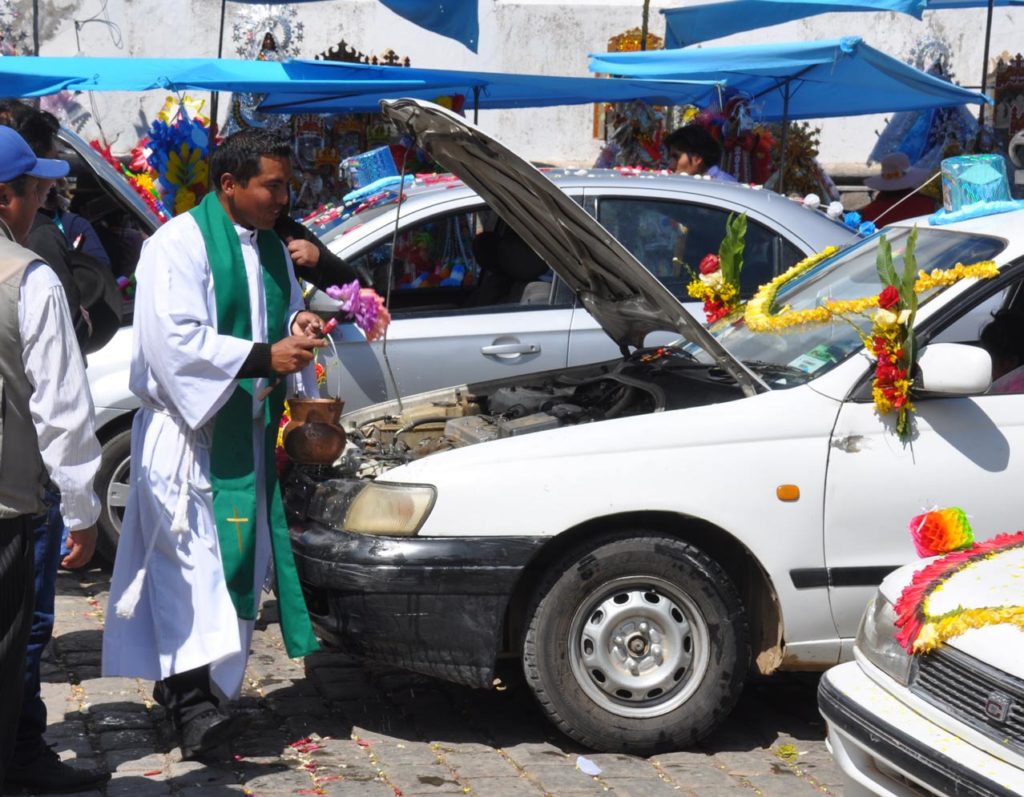
From there we headed out to the islands of the Moon and Sun to see some ruins and have a bite to eat.
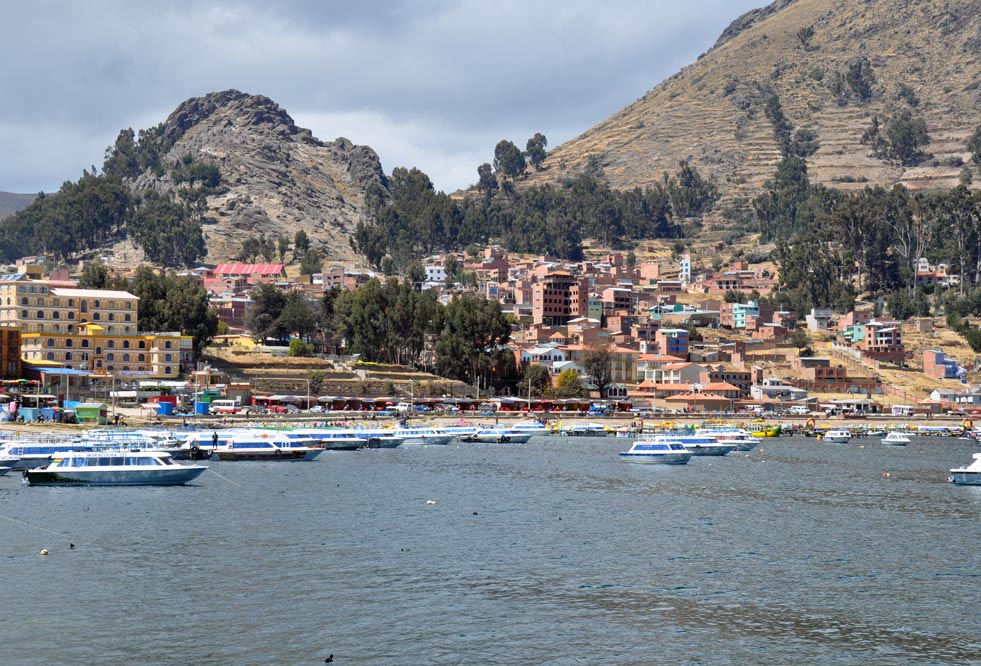
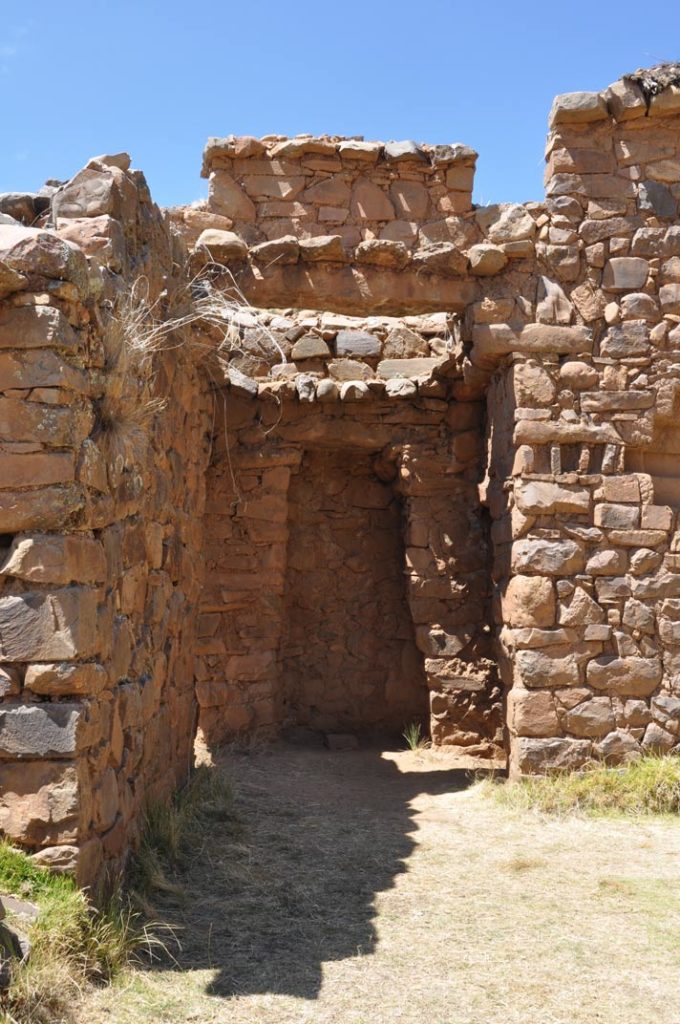
These islands are said to be where the original Incas came from and where they made a pilgrimage to each year.
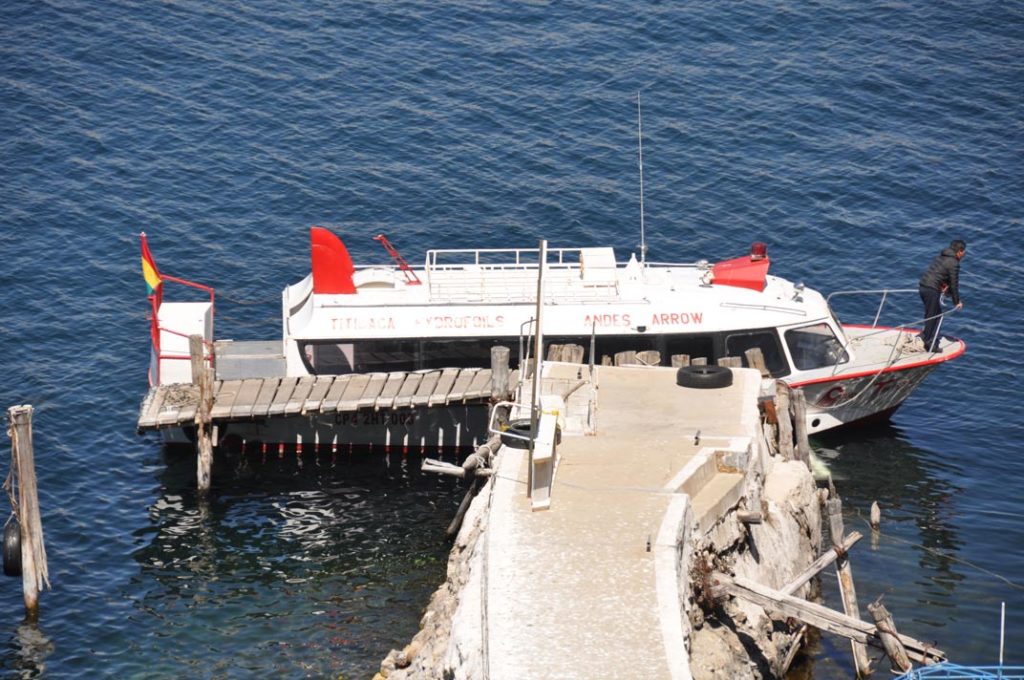
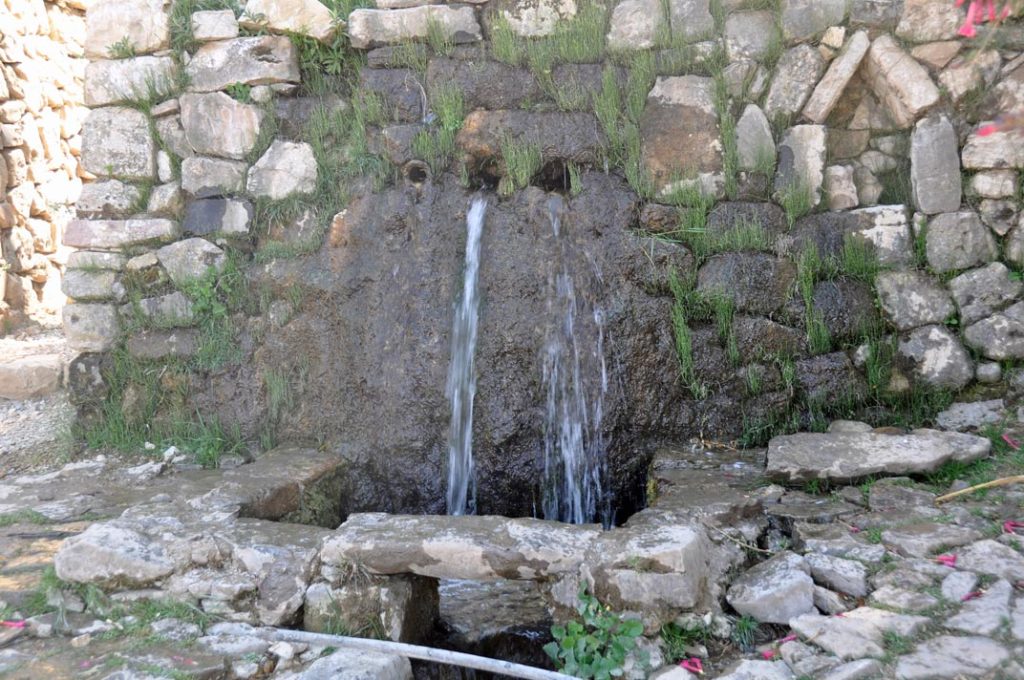
Hmm. Not so sure the spring of life was that exciting, certainly not as exciting as crossing over to the mainland on the barge.
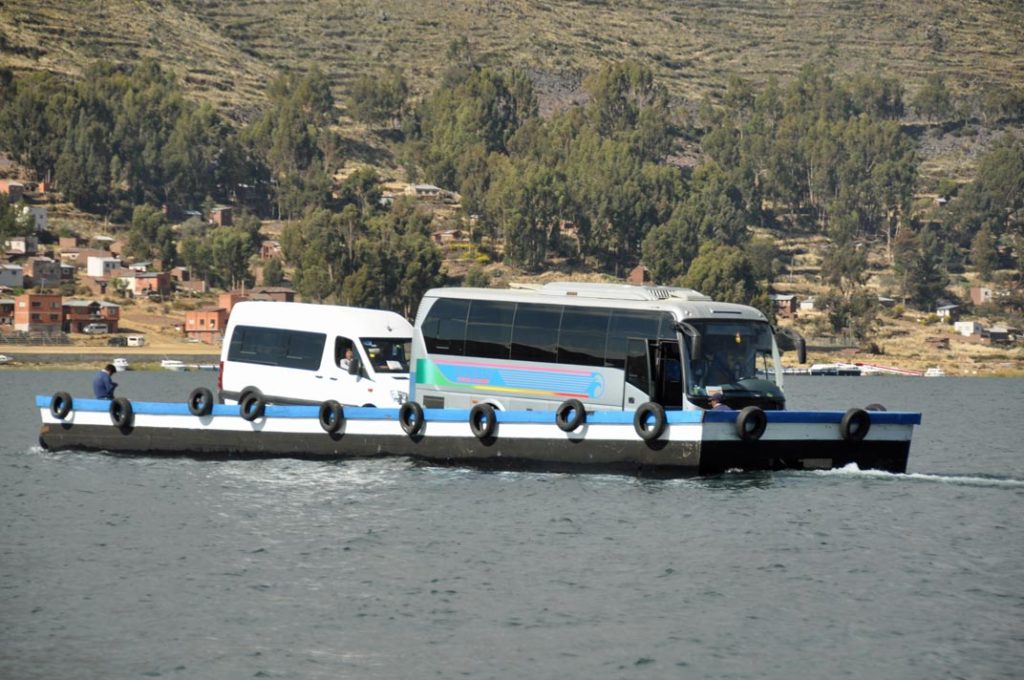
After a long and tiresome ride complete with detour to avoid an angry protesting mob on the motorway, we arrived in La Paz.
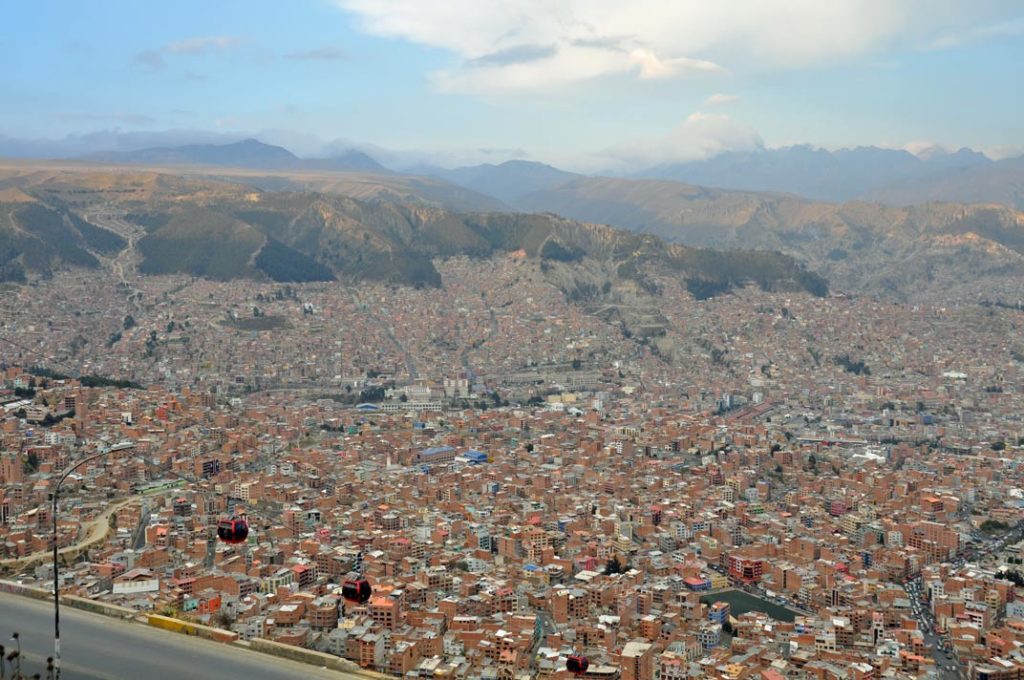
Unlike European towns, the best housing is at the bottom of the valley to avoid altitude rather than the top, to catch the breeze and avoid pollution. We headed down.






